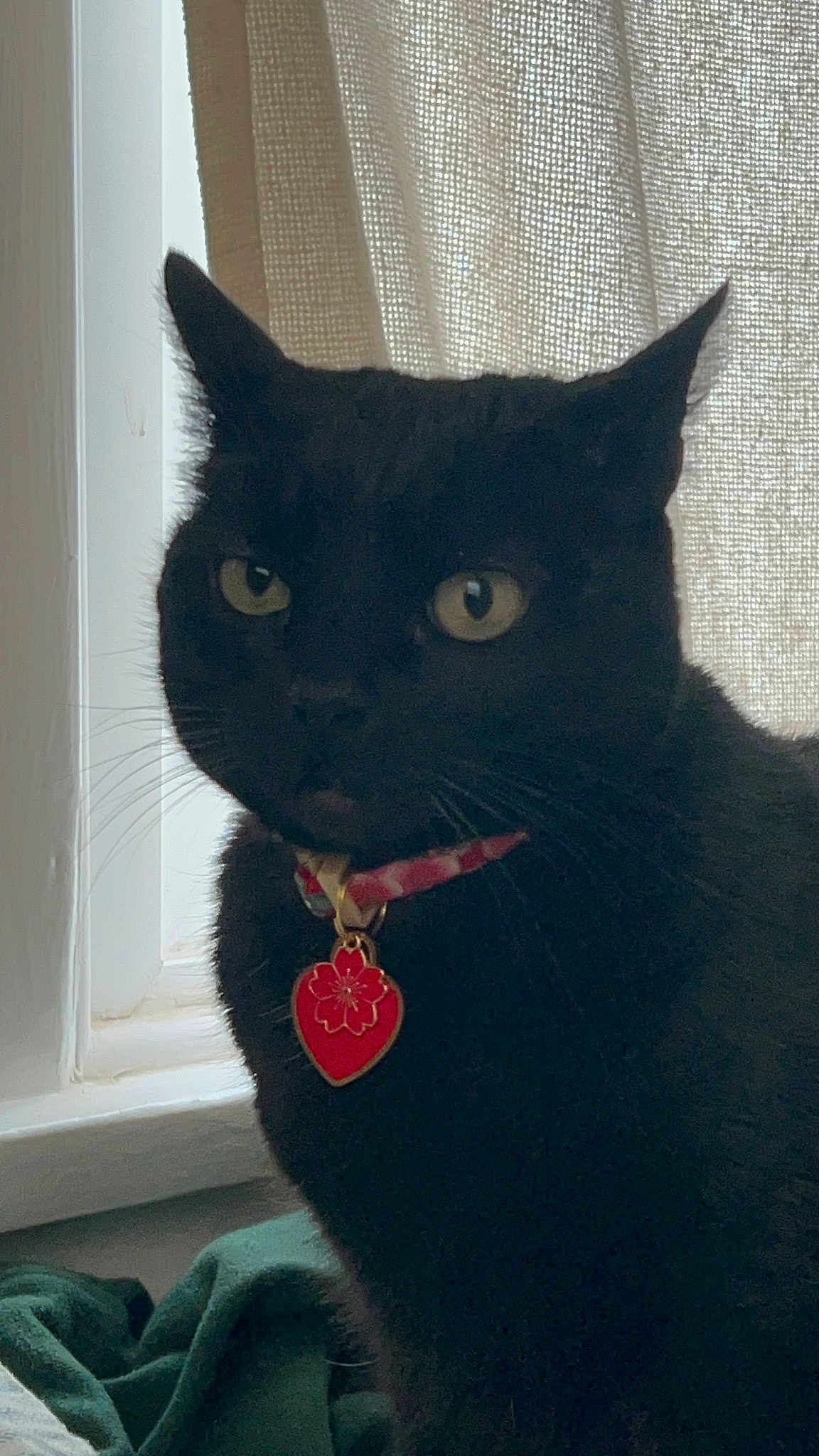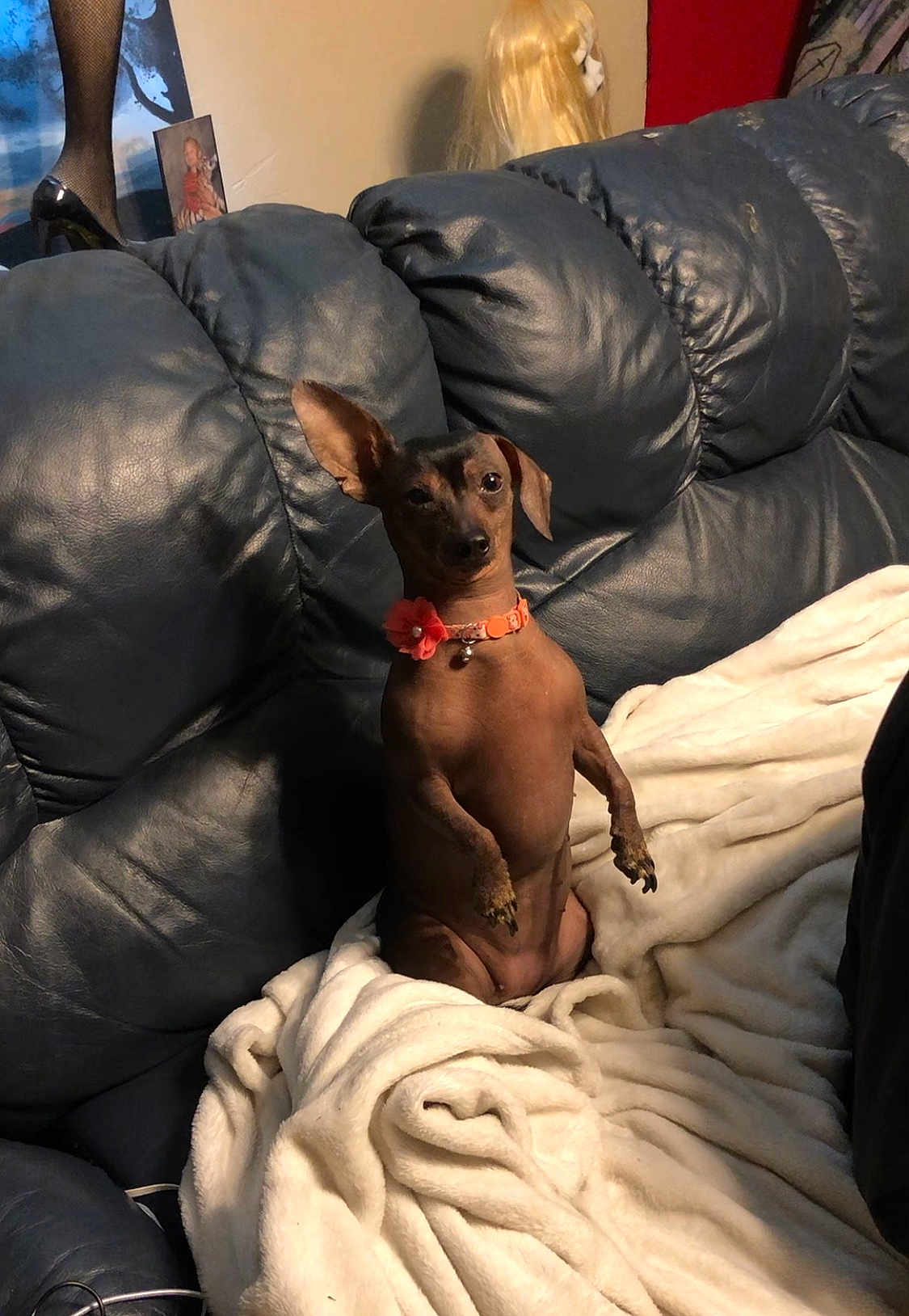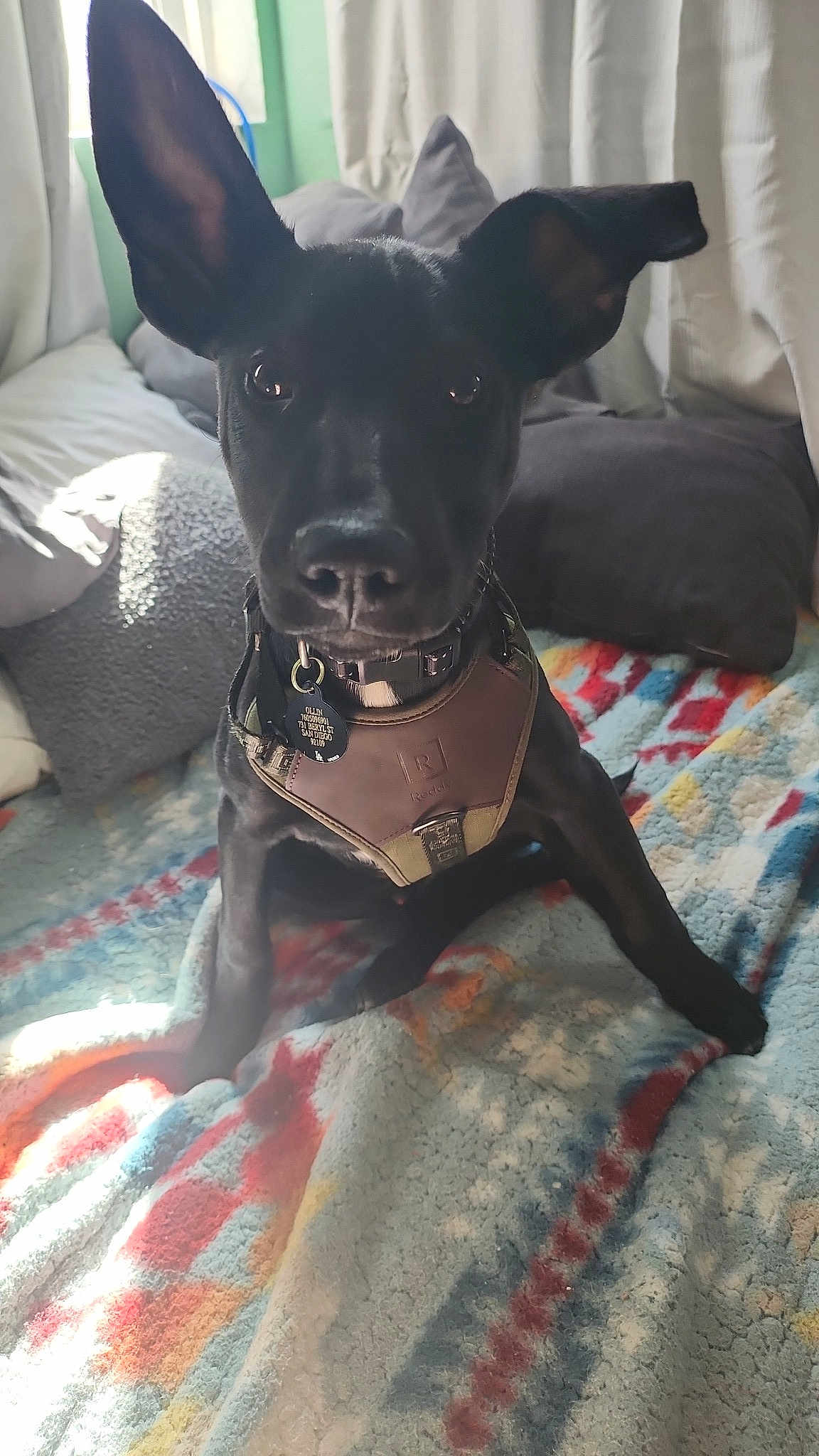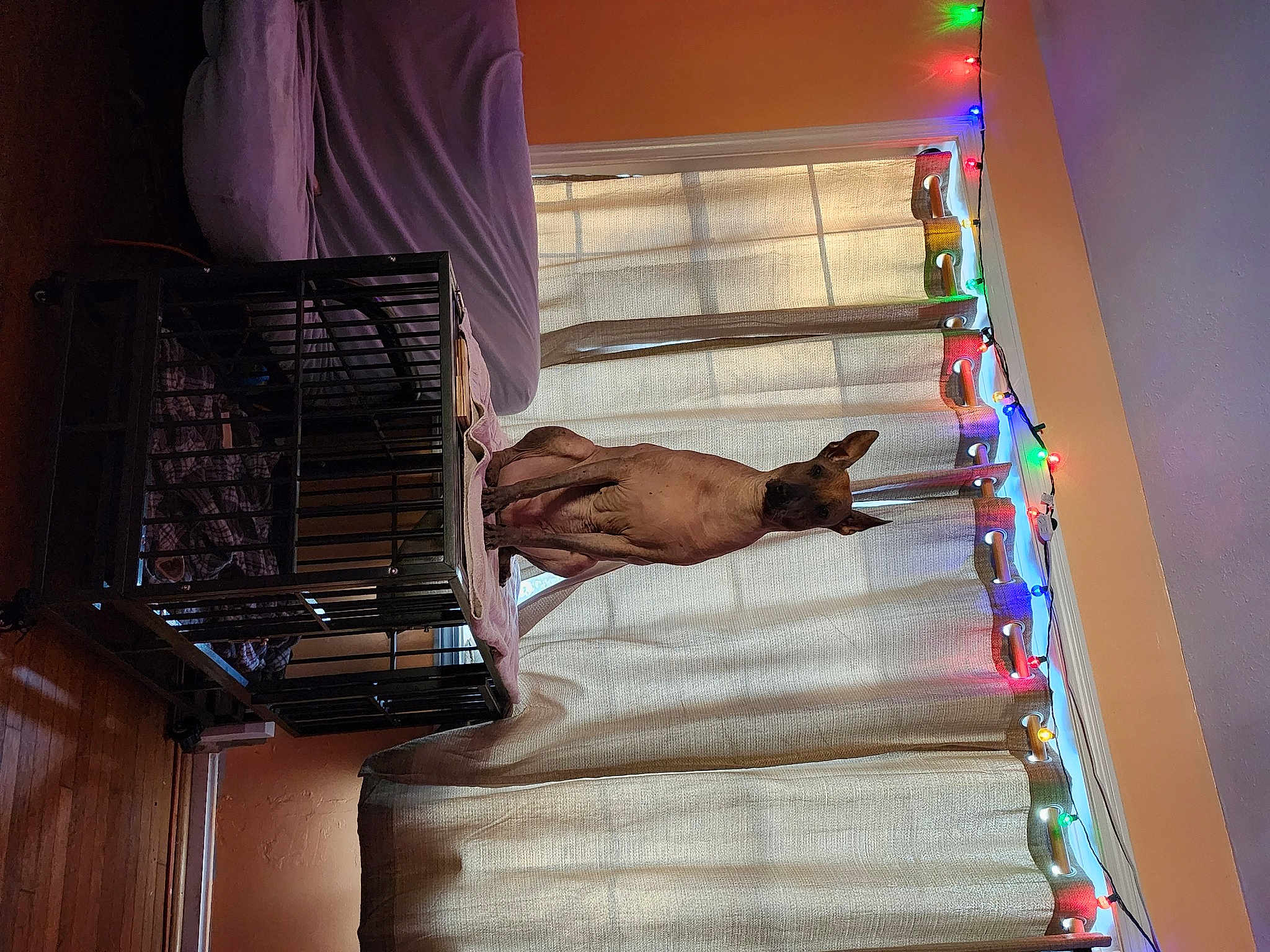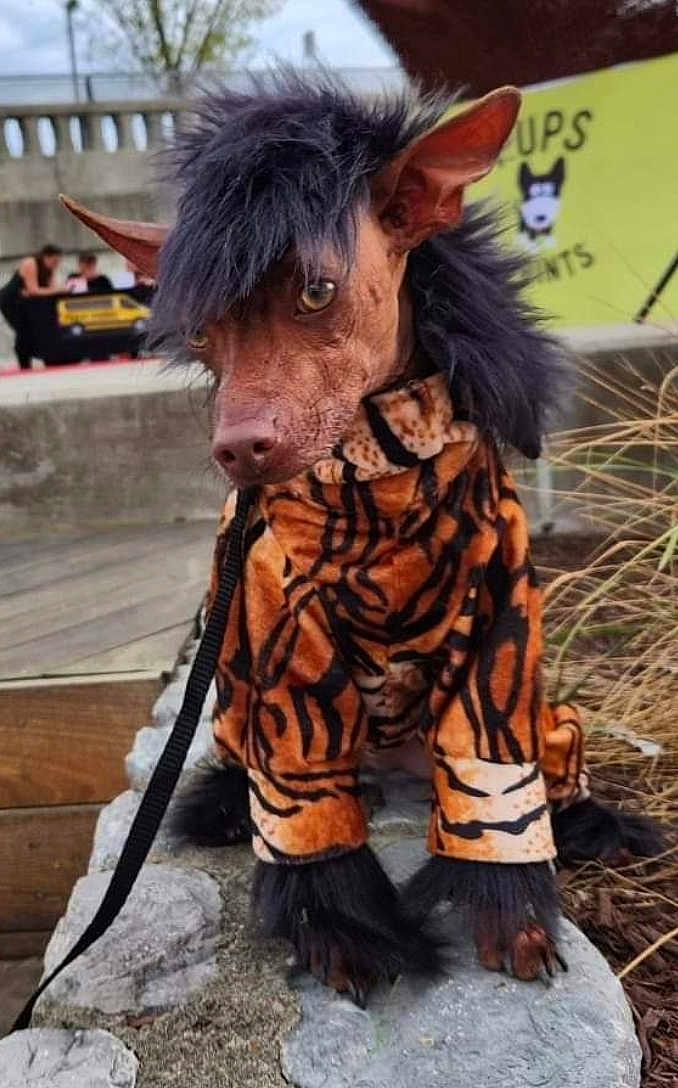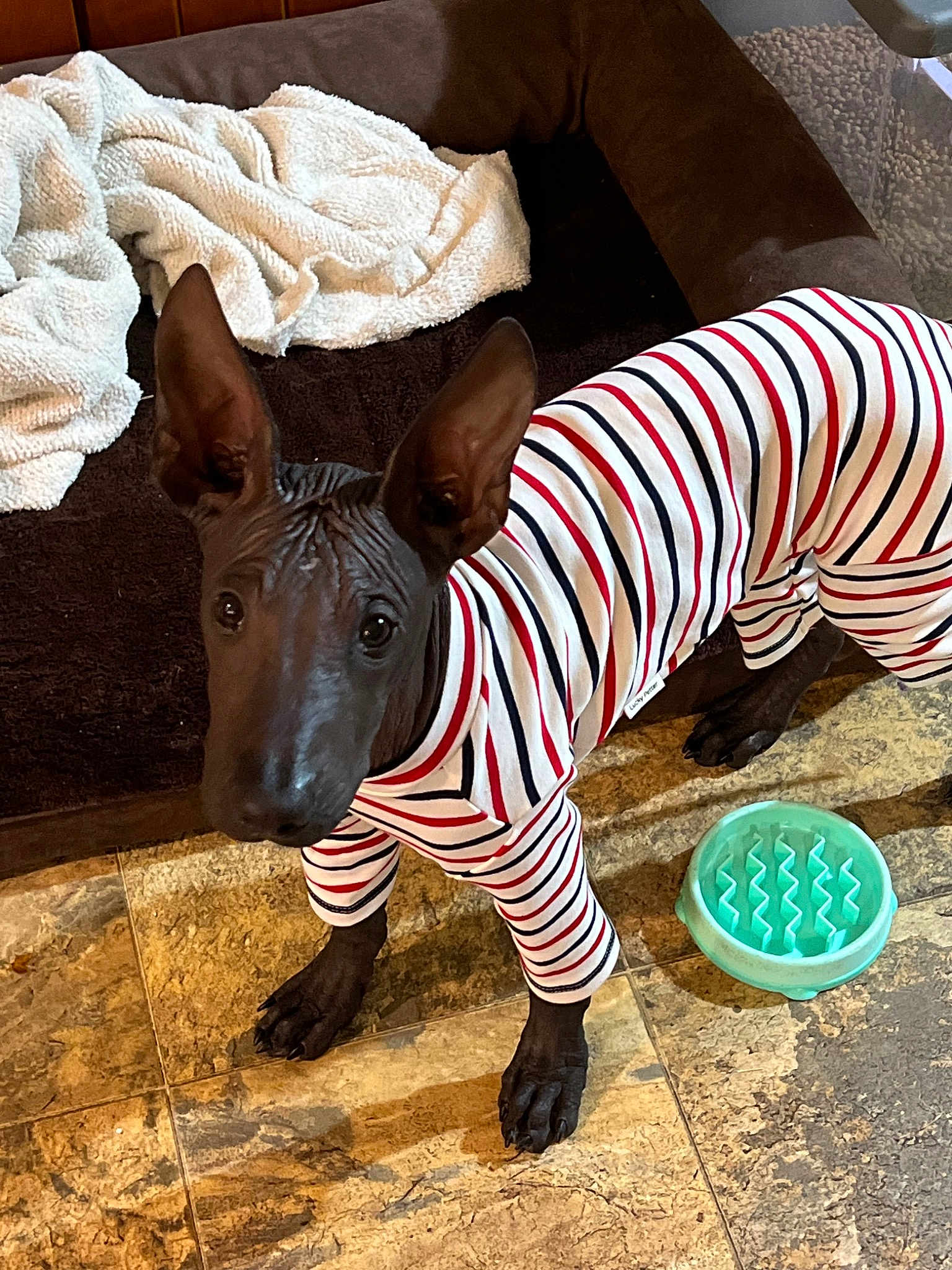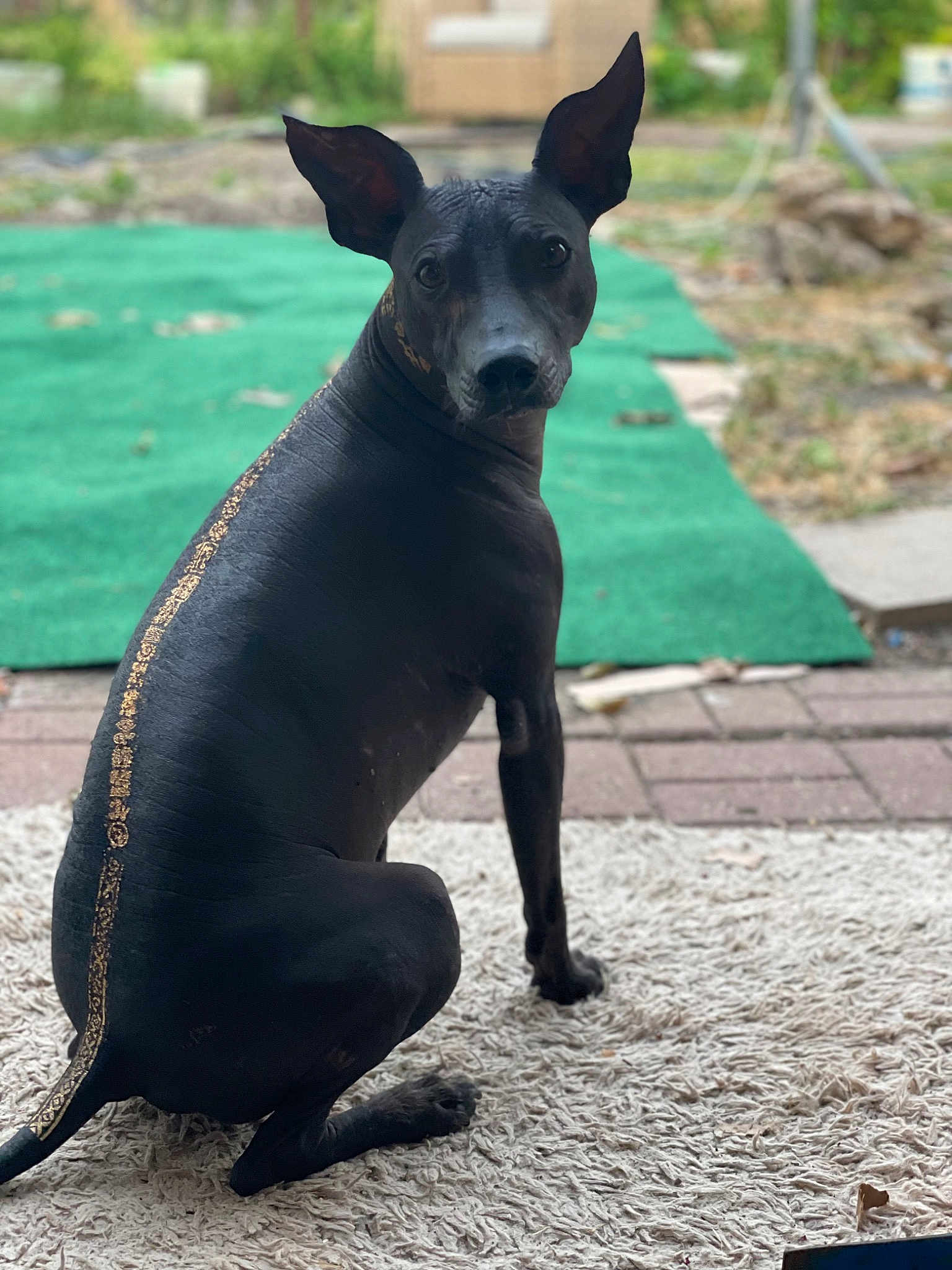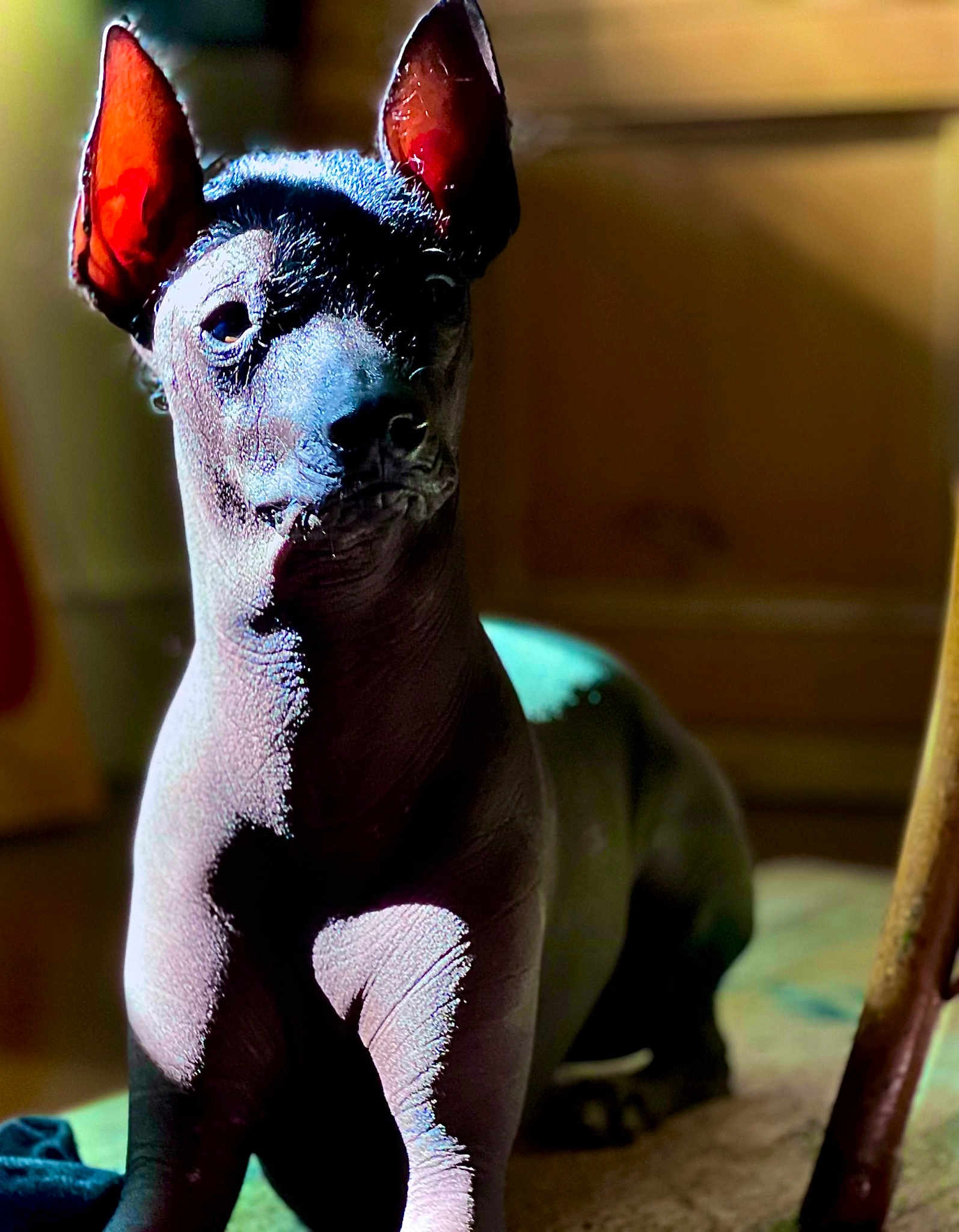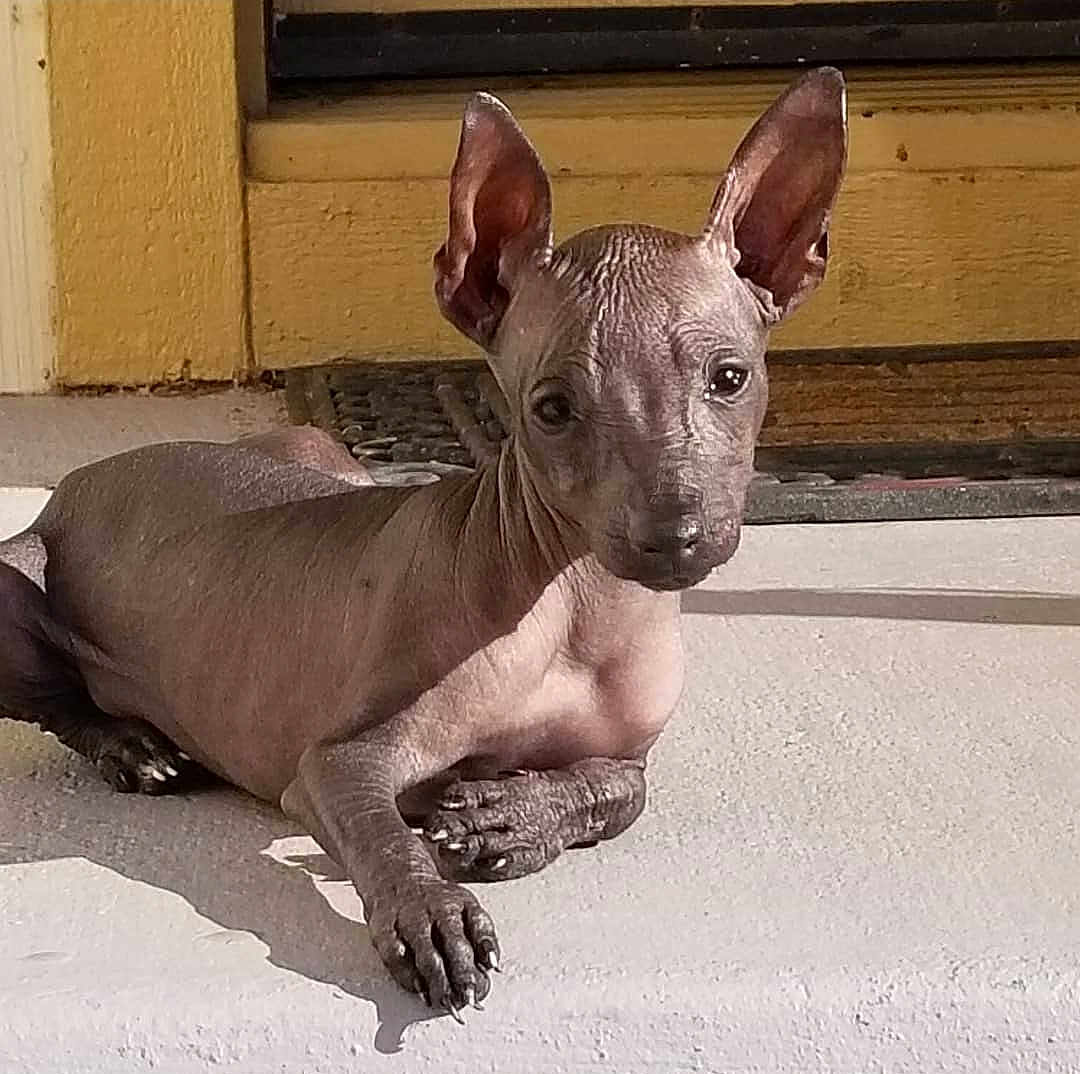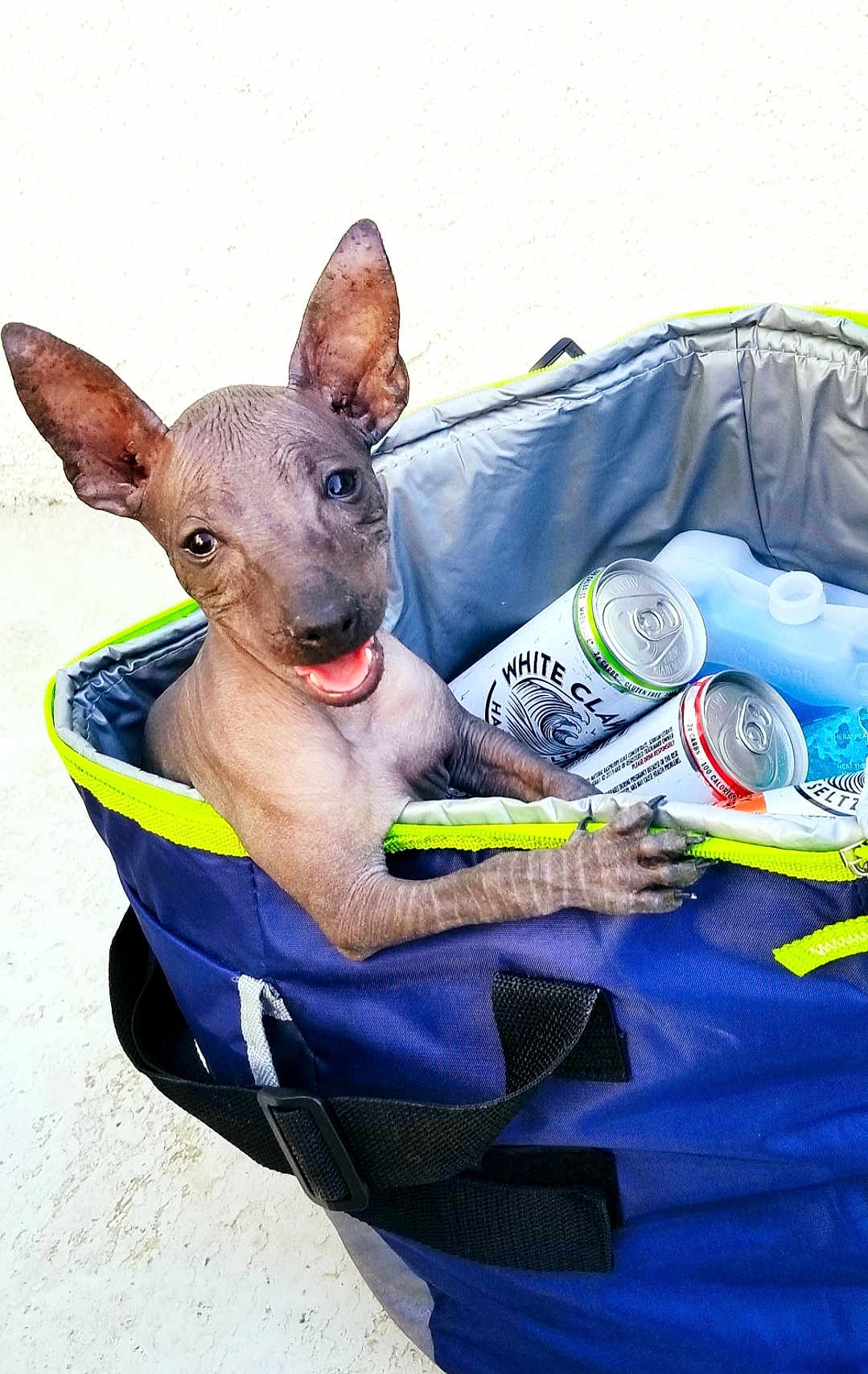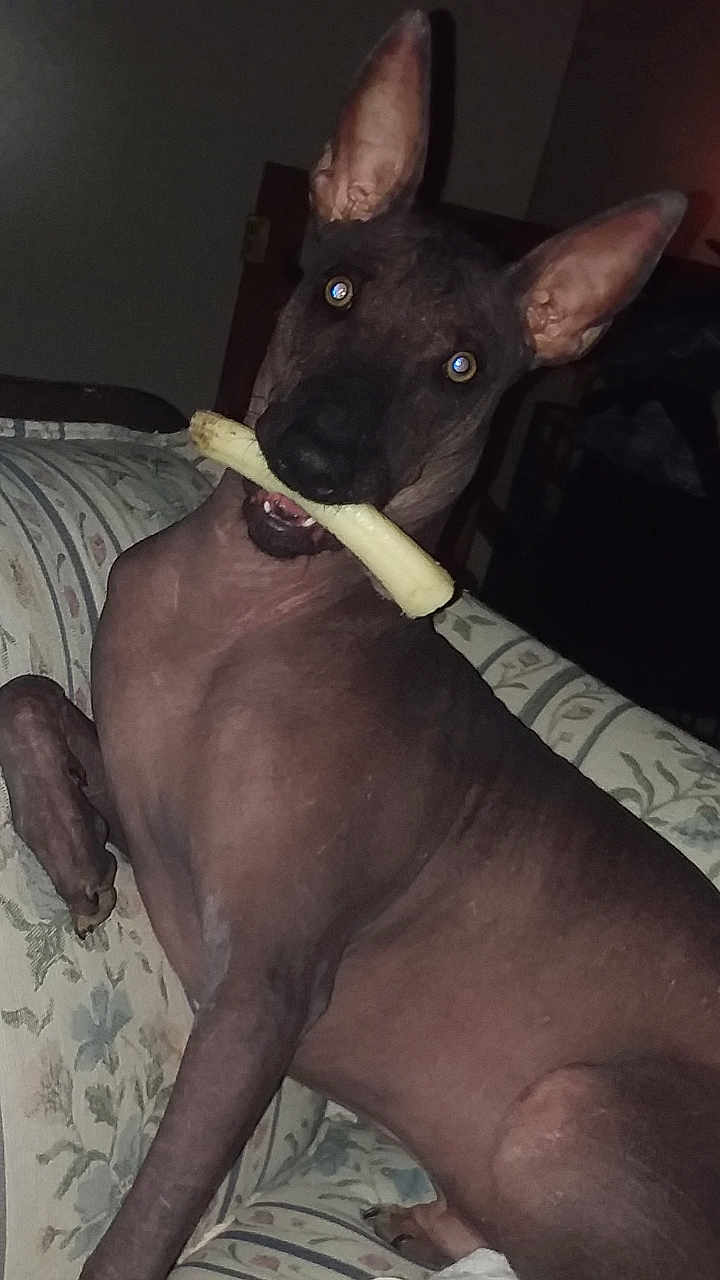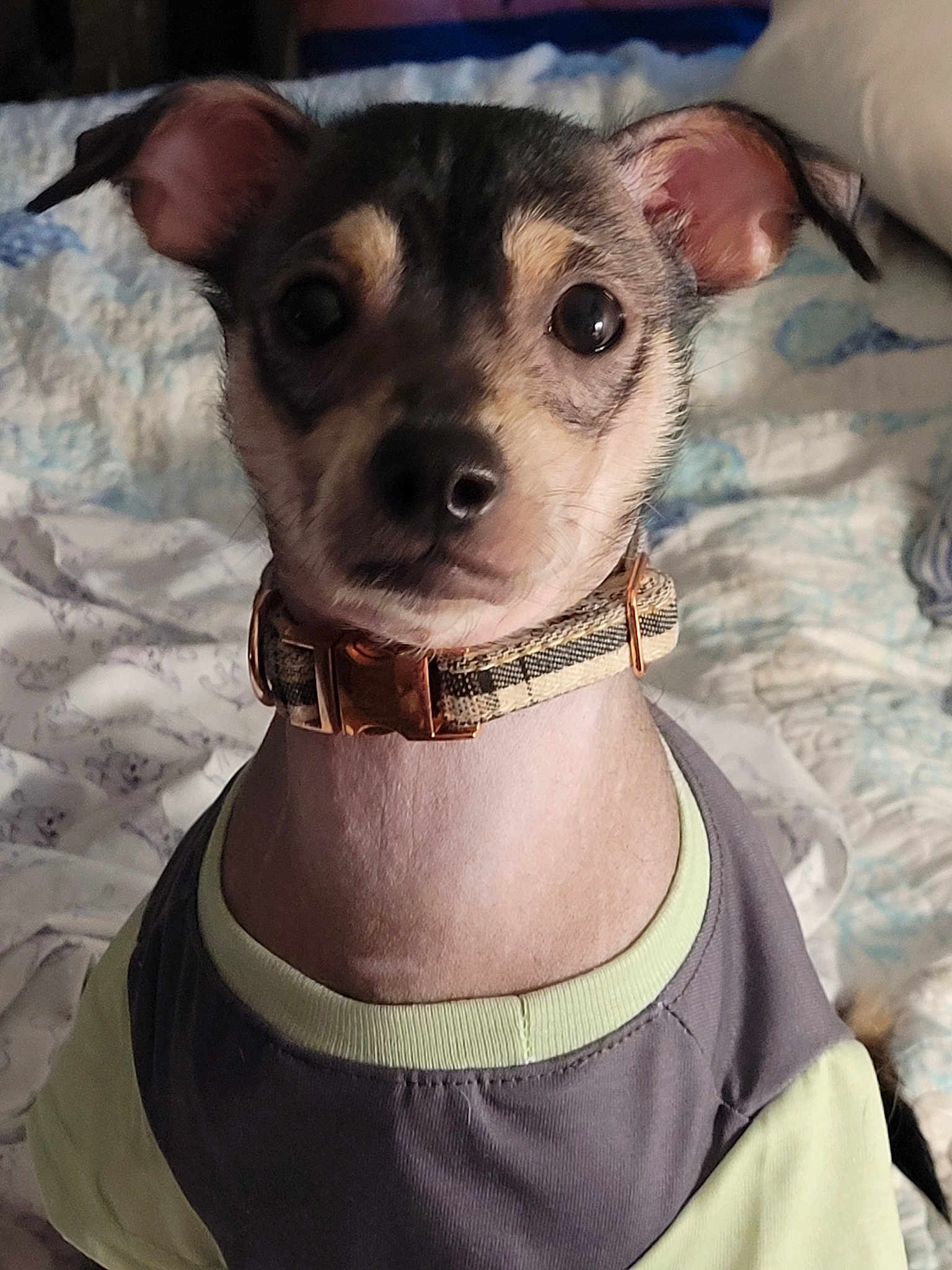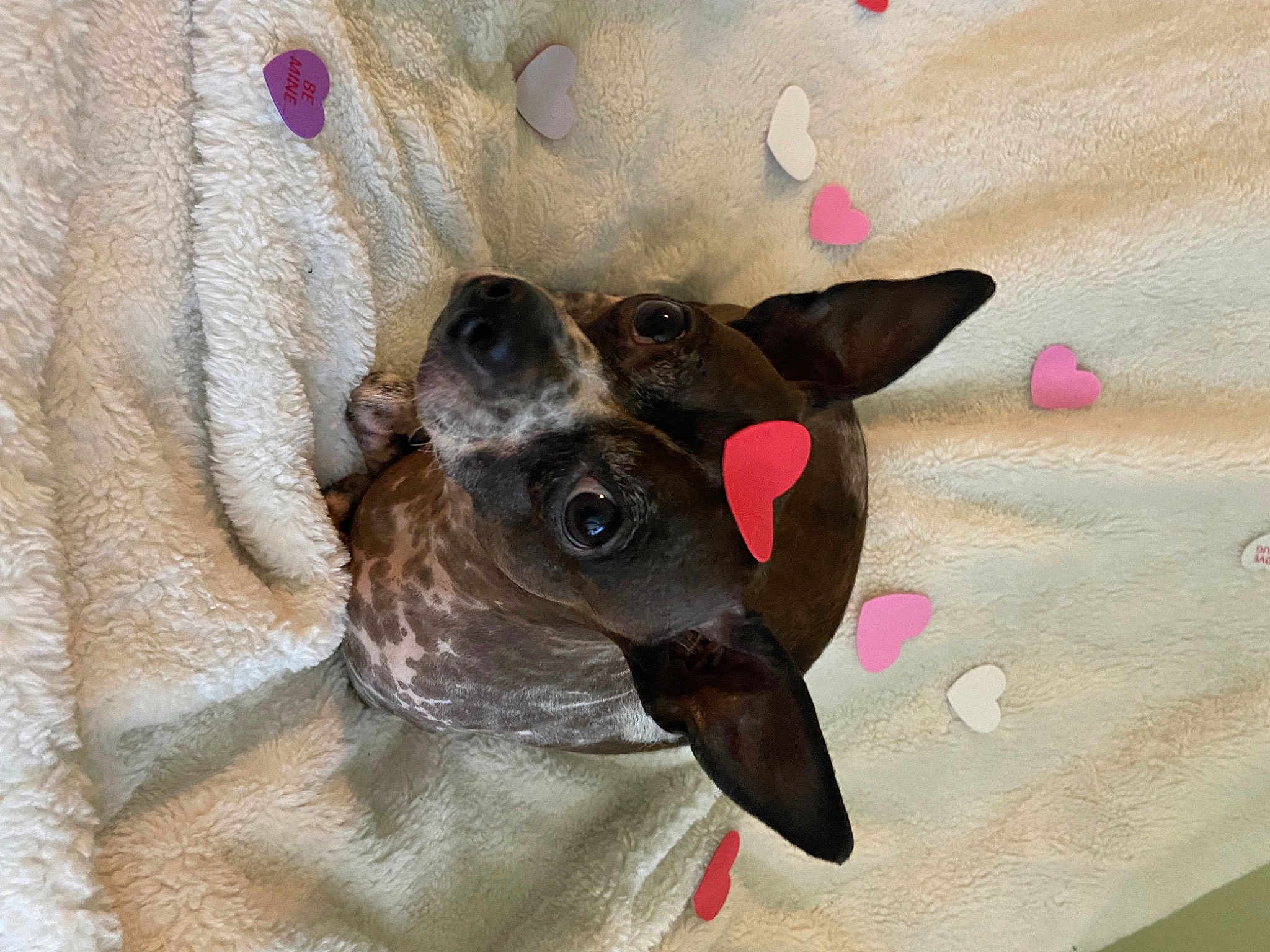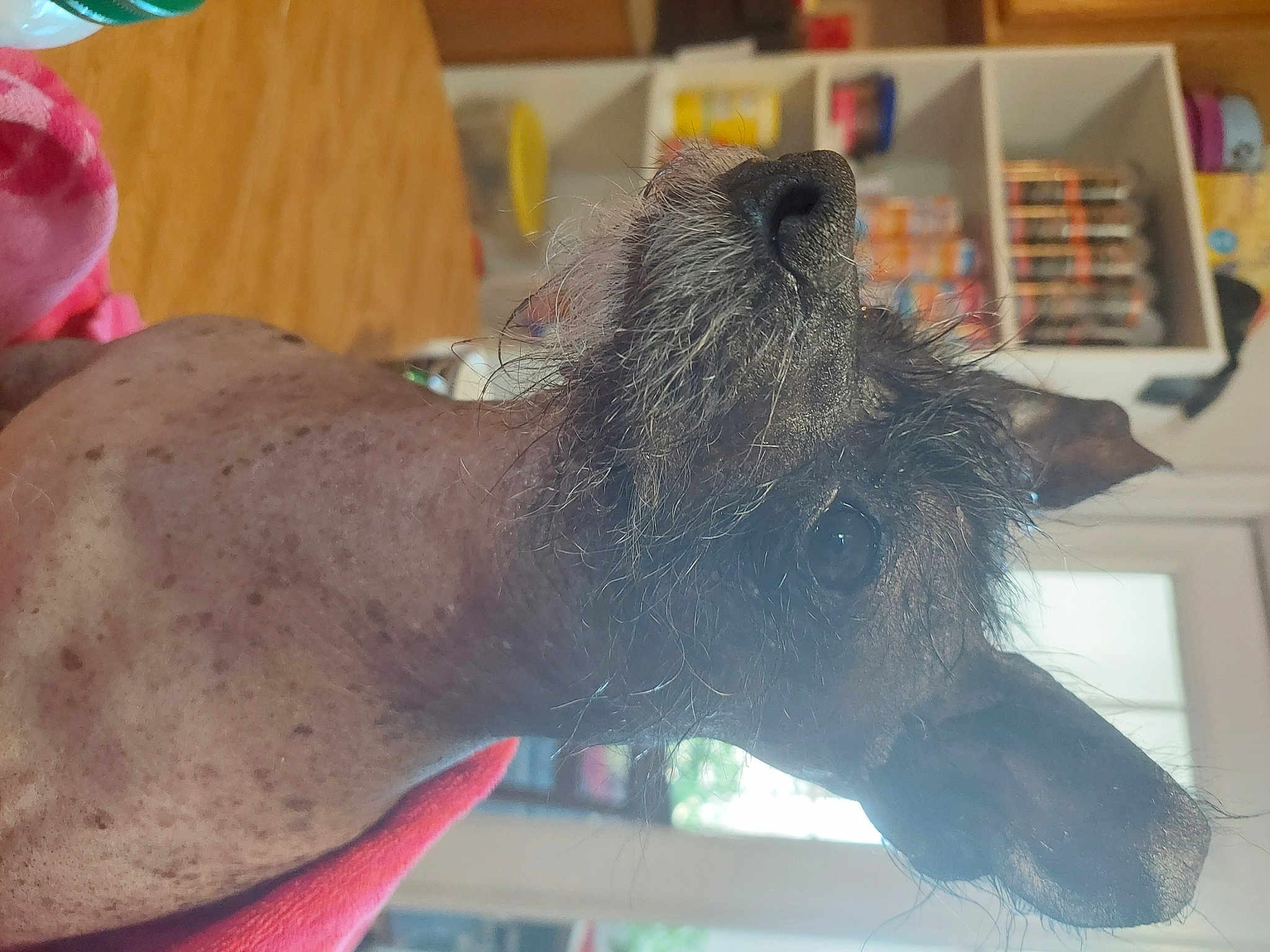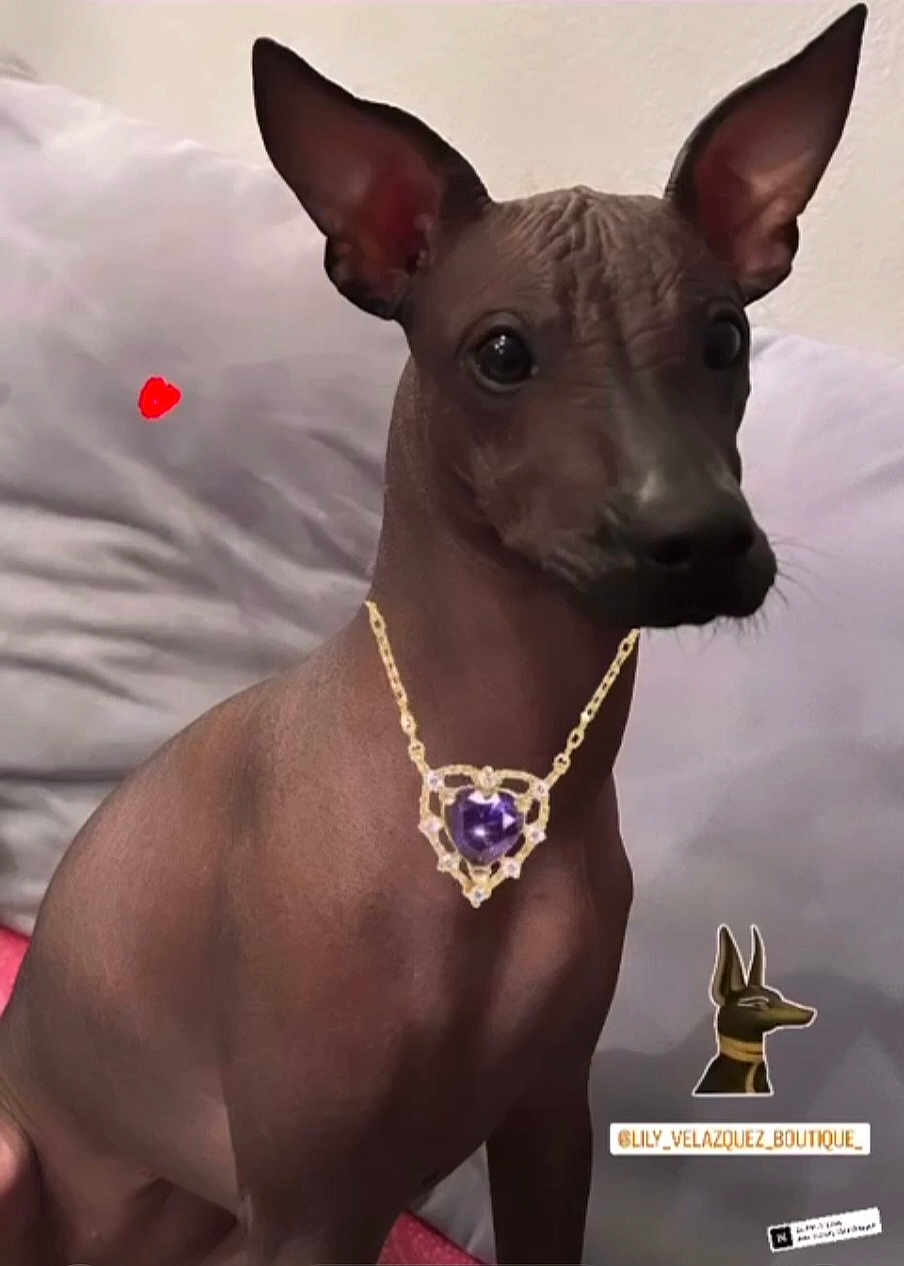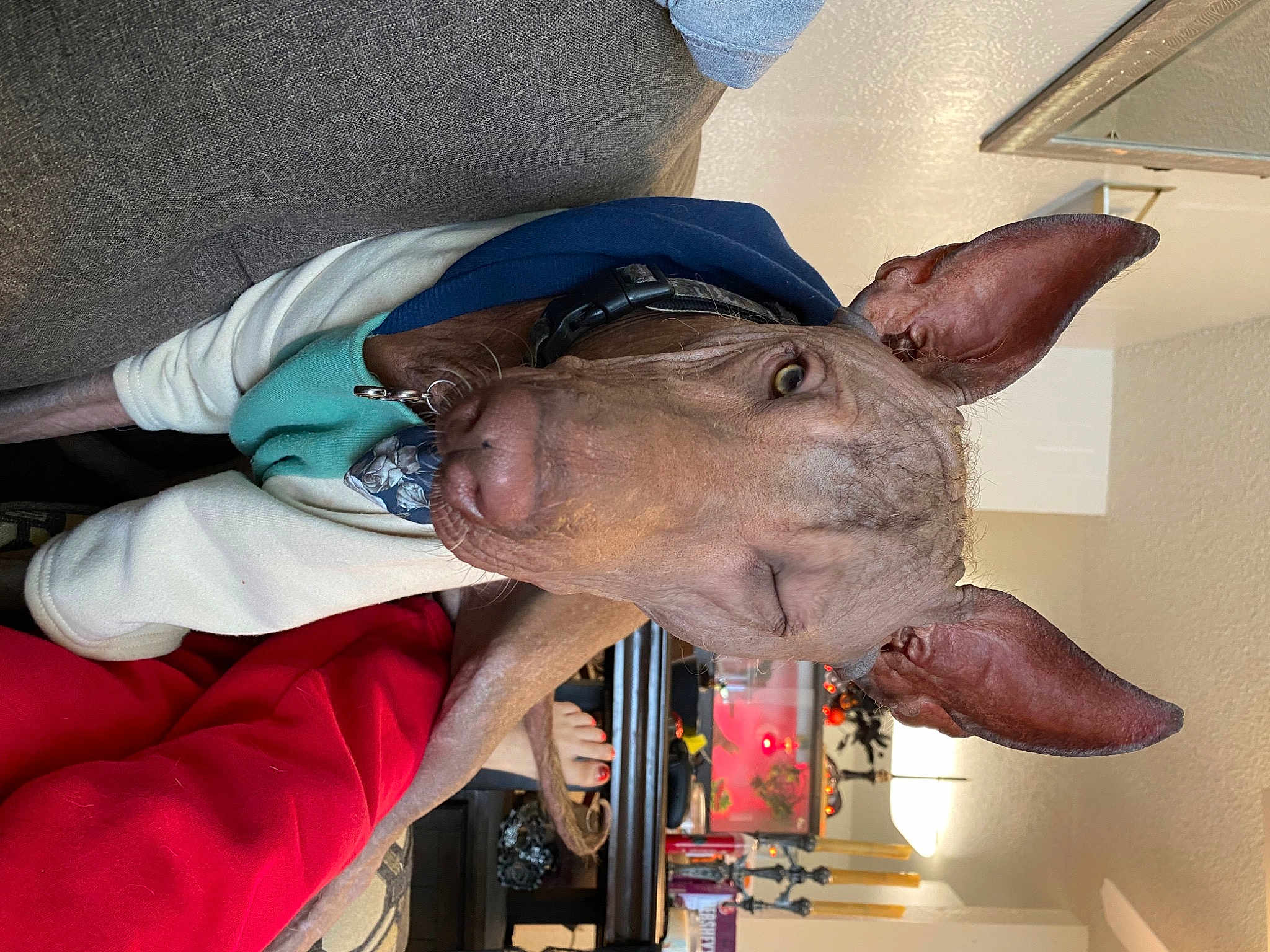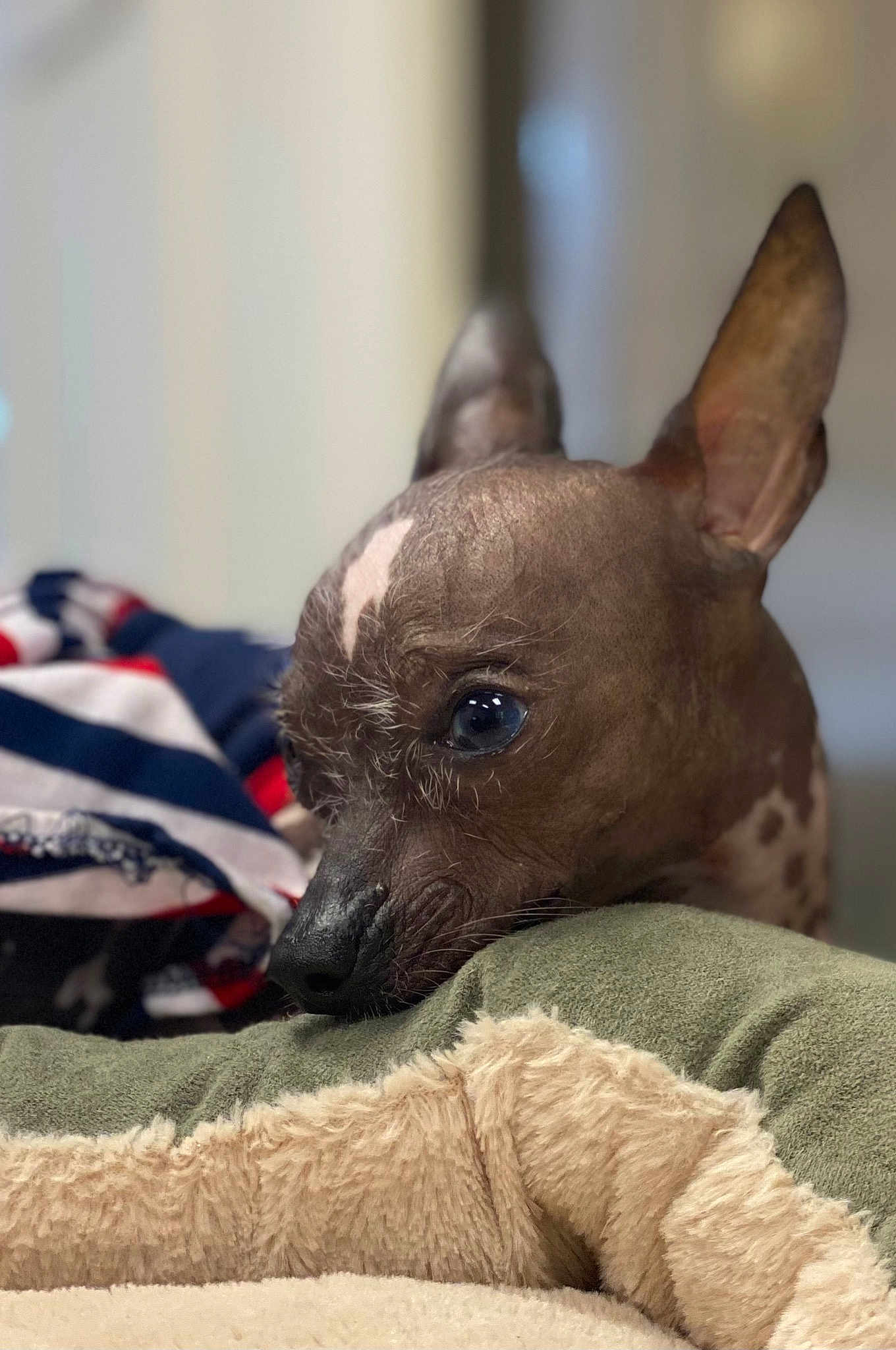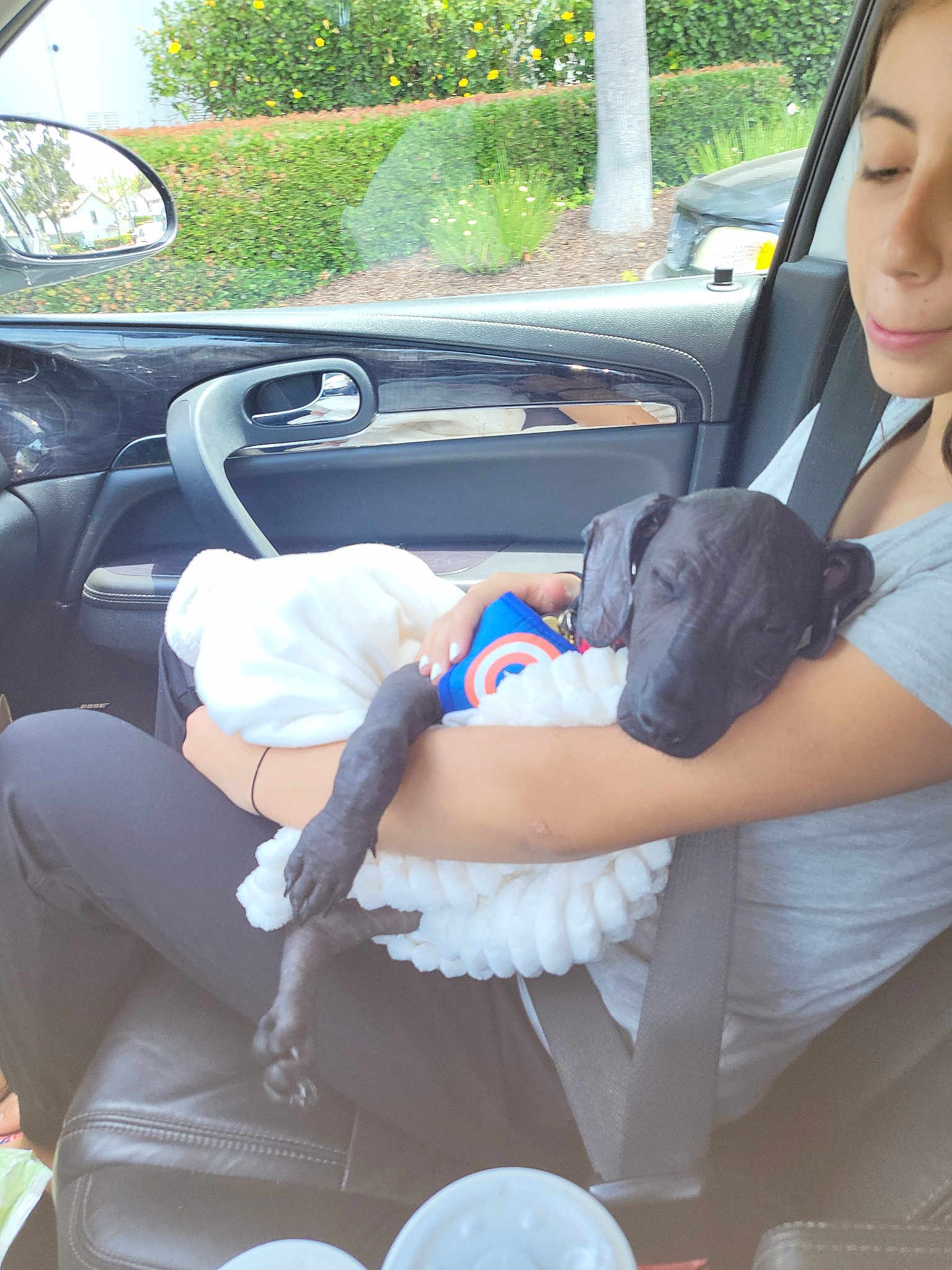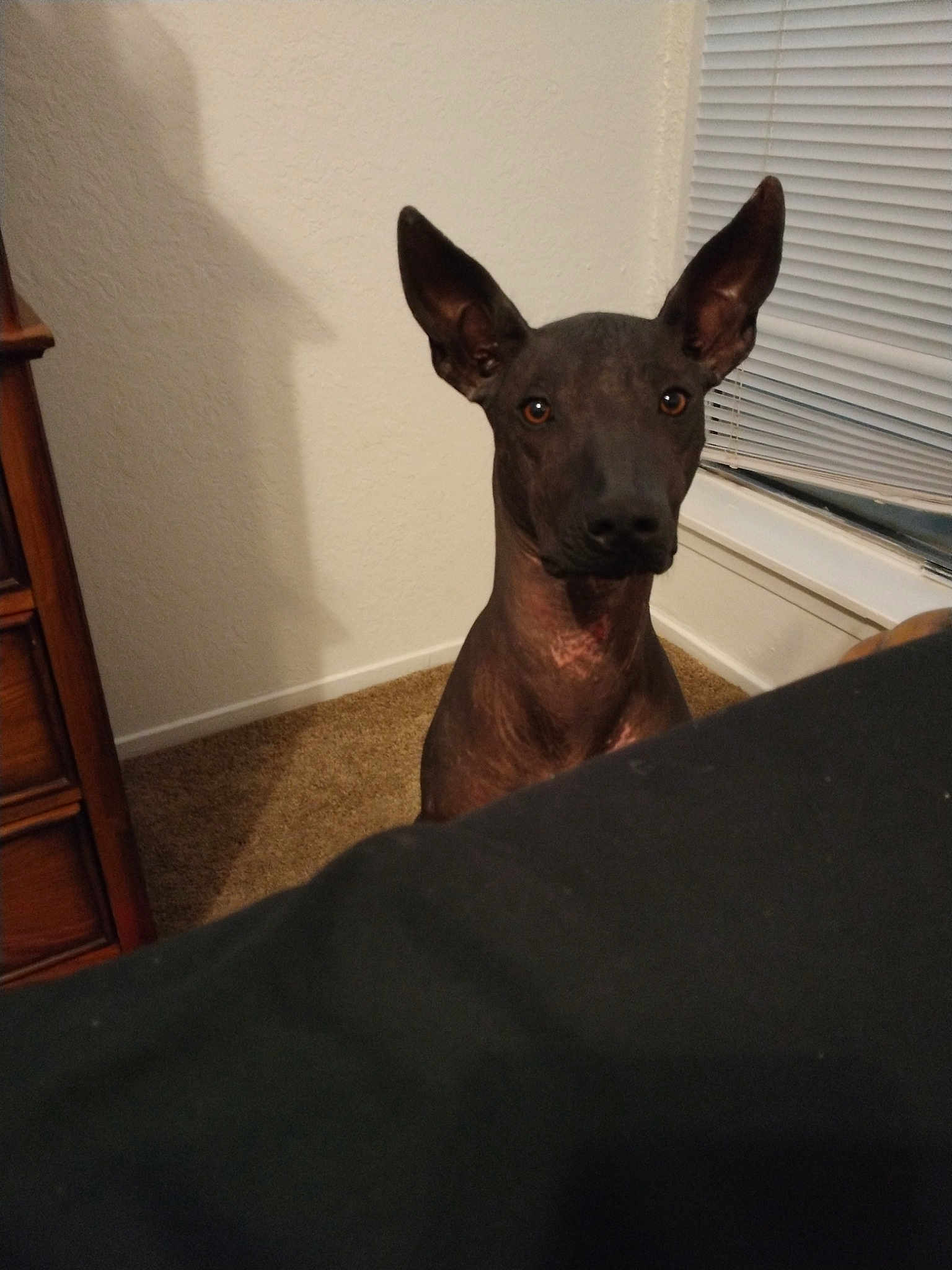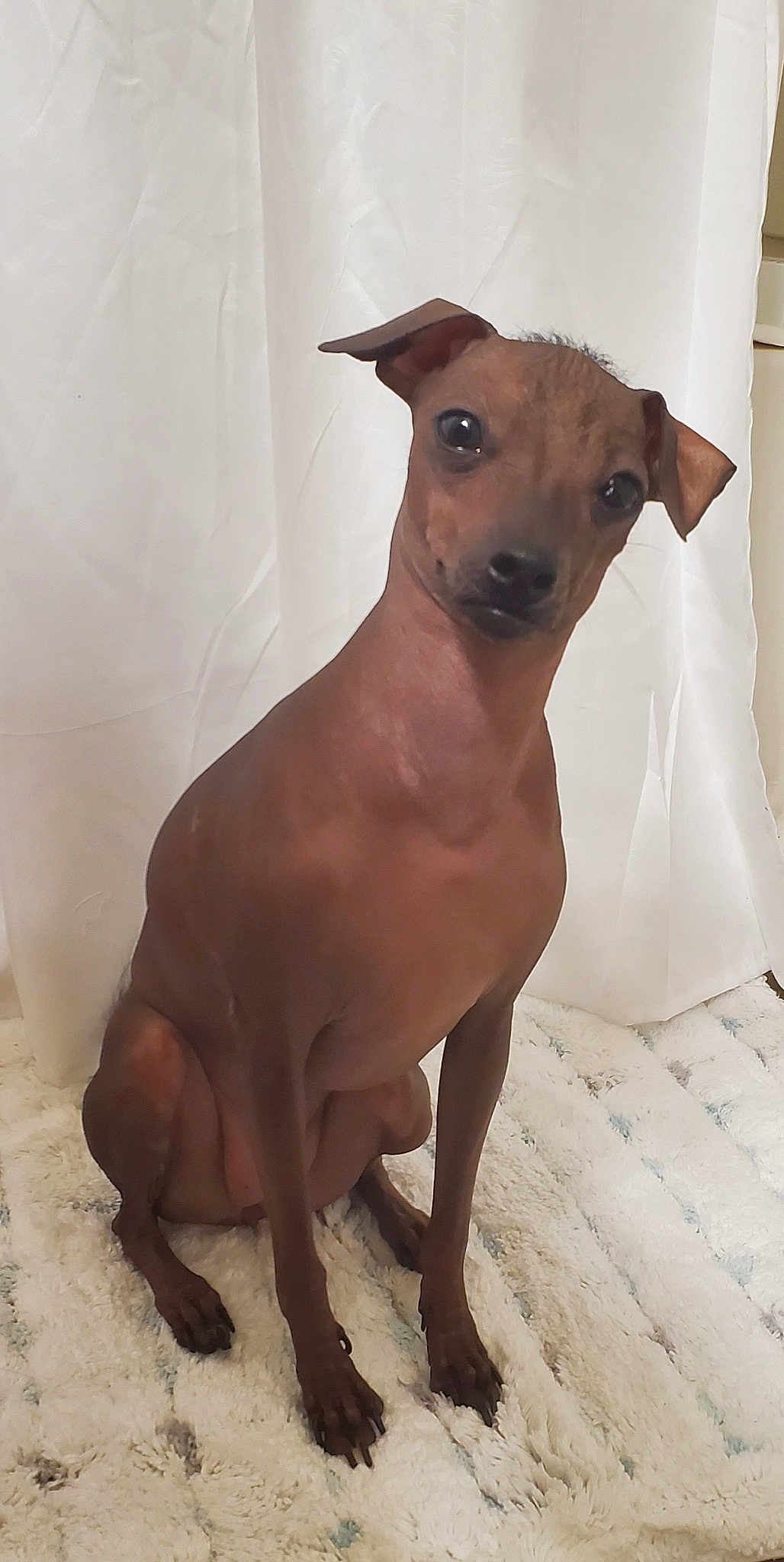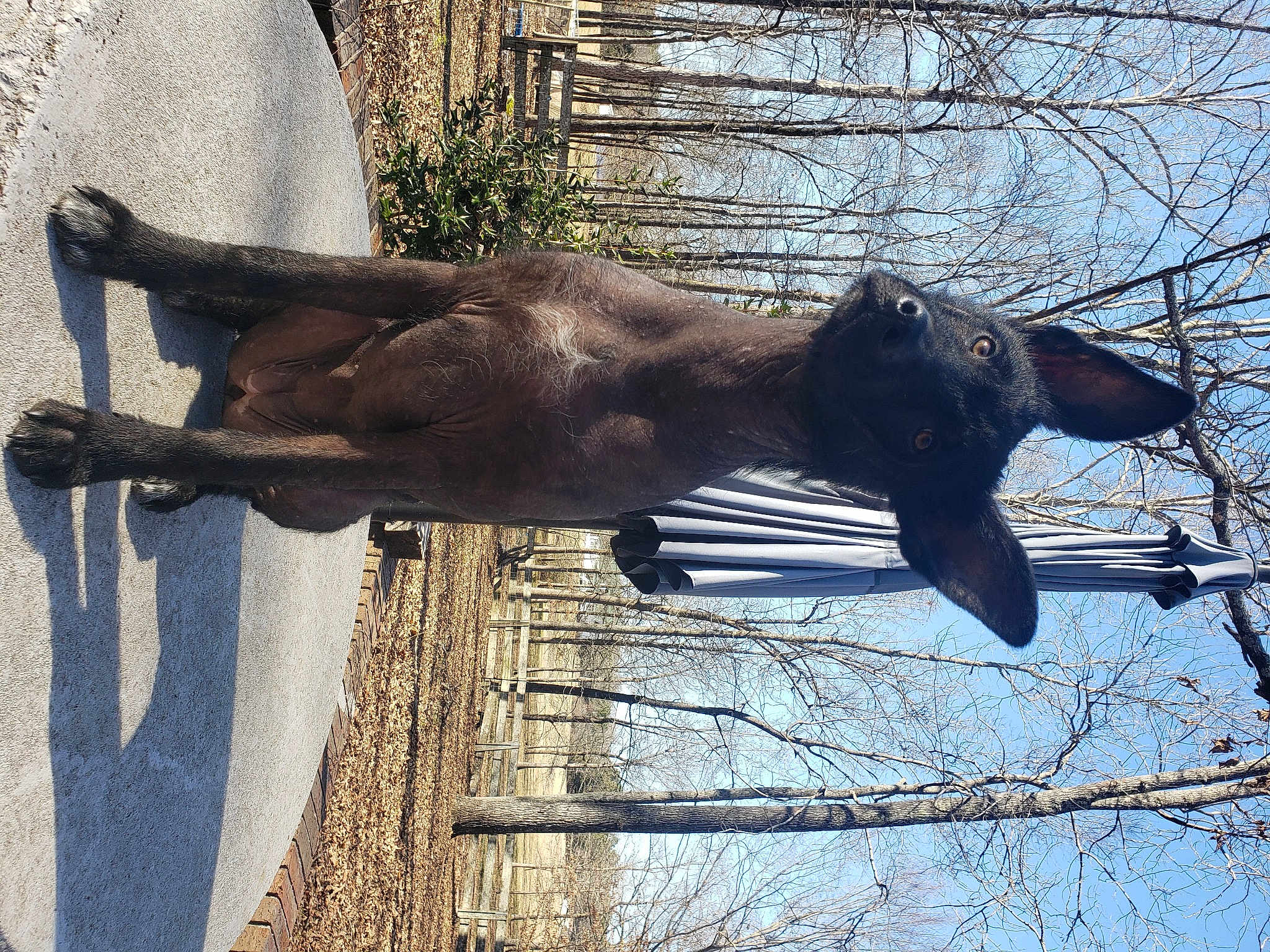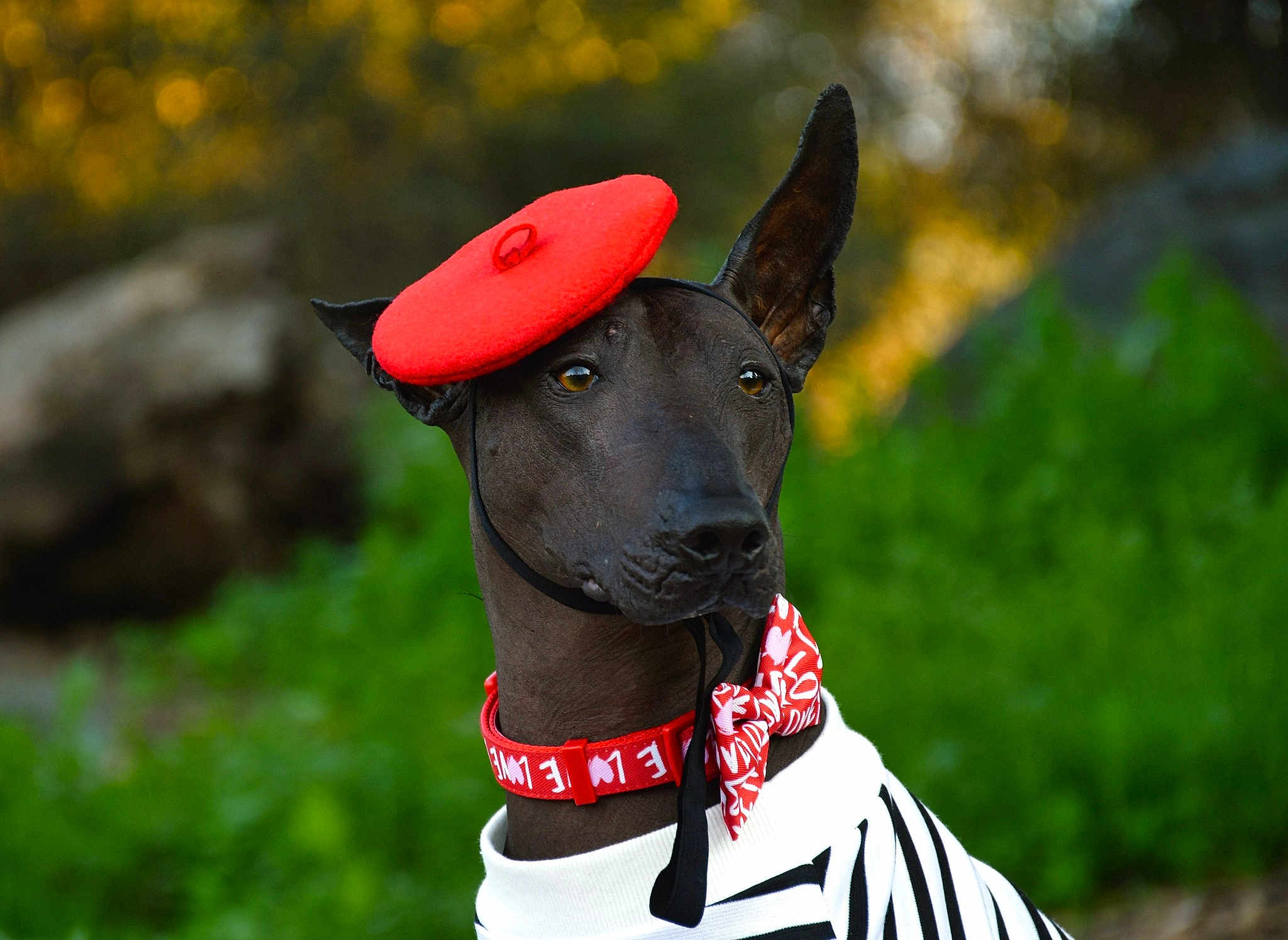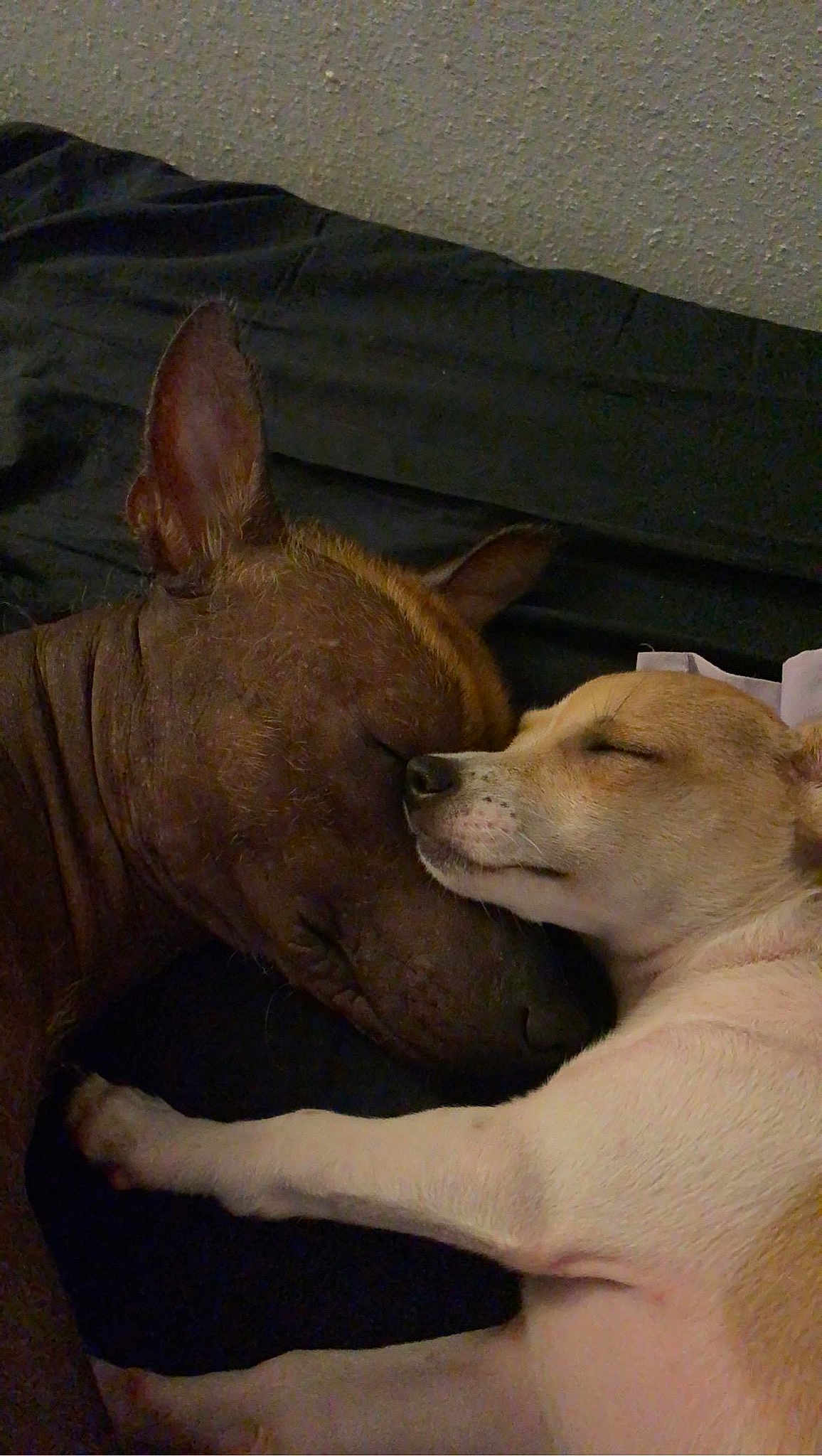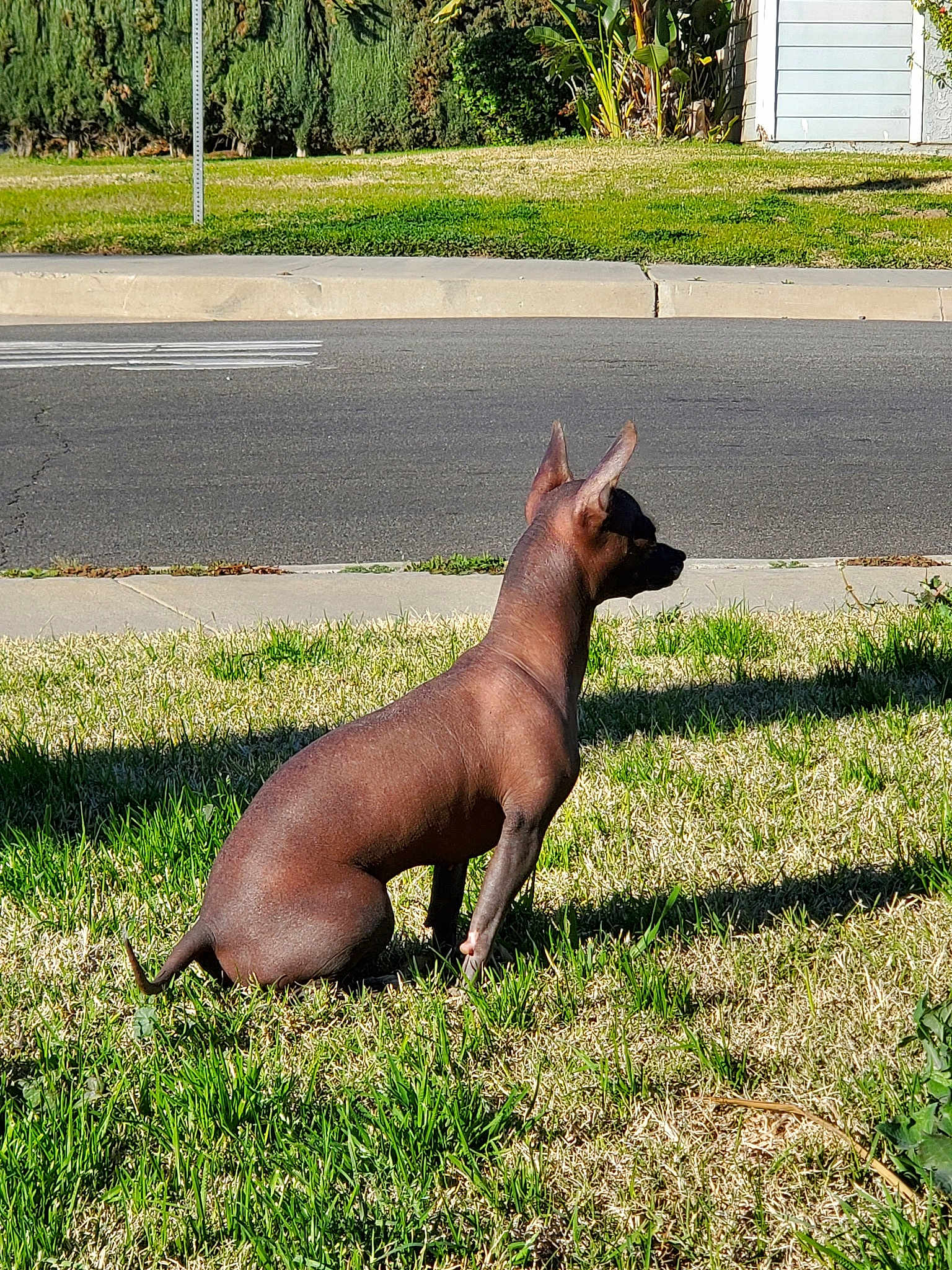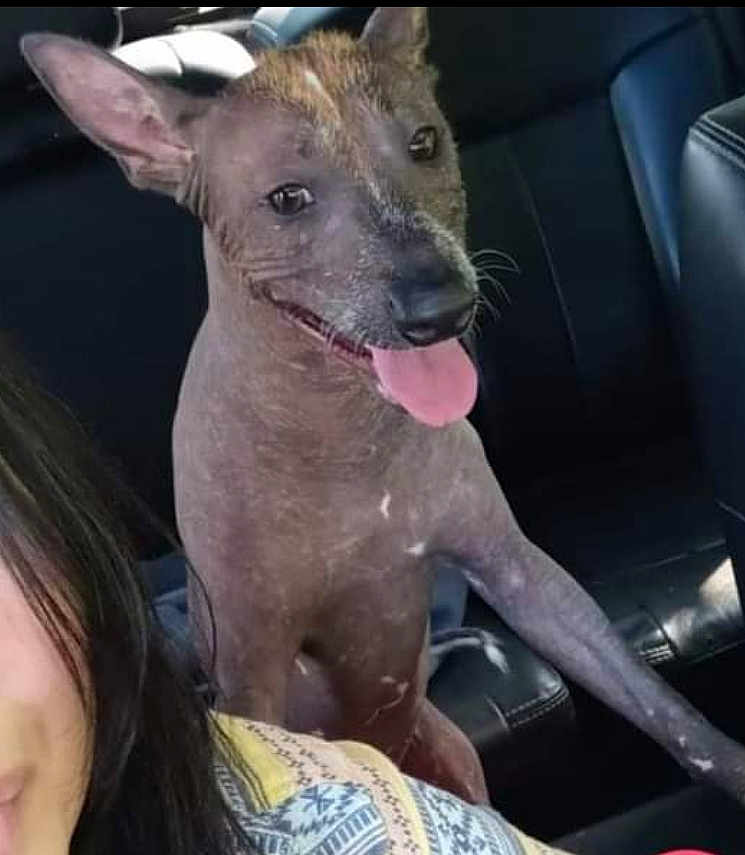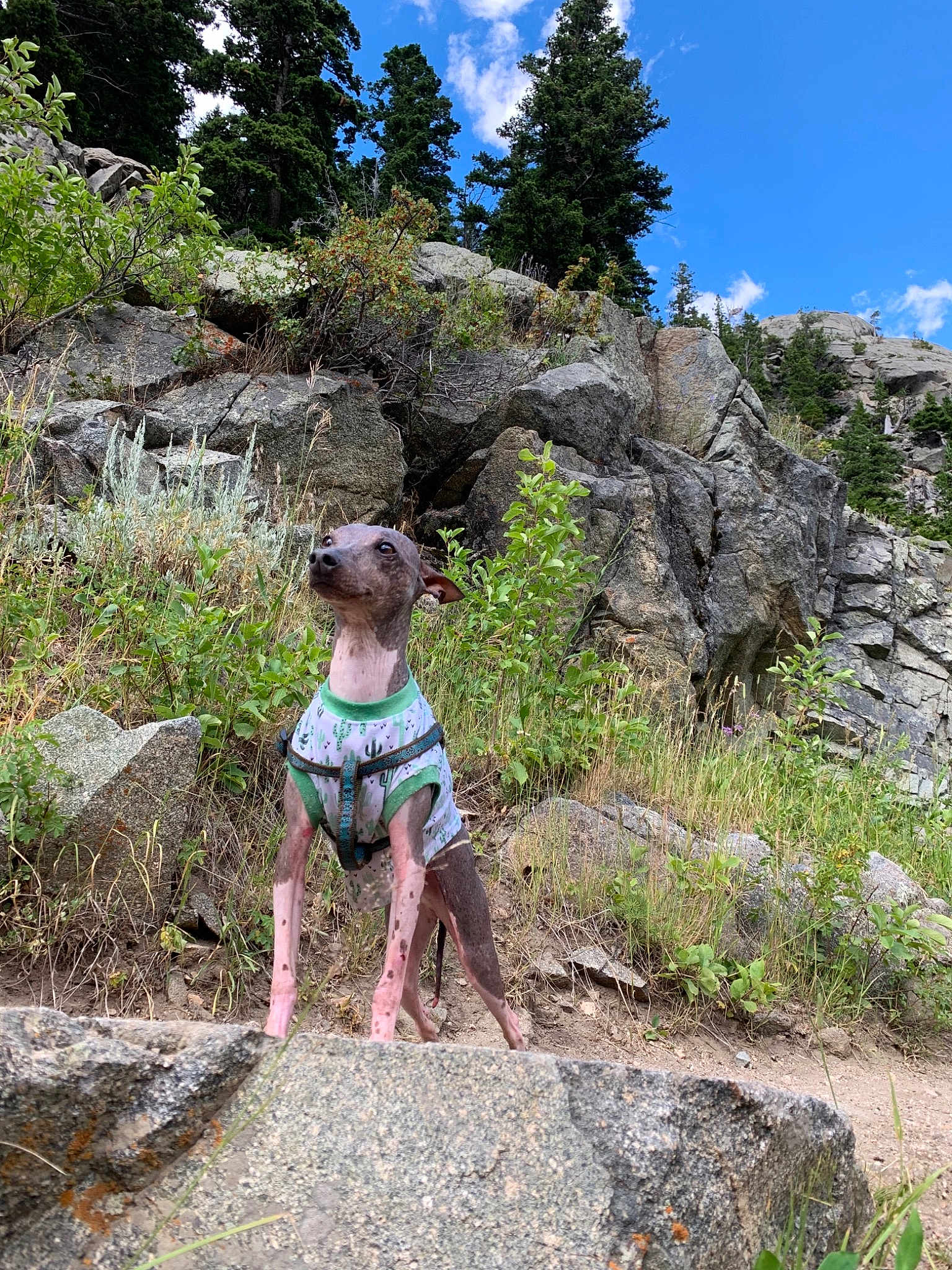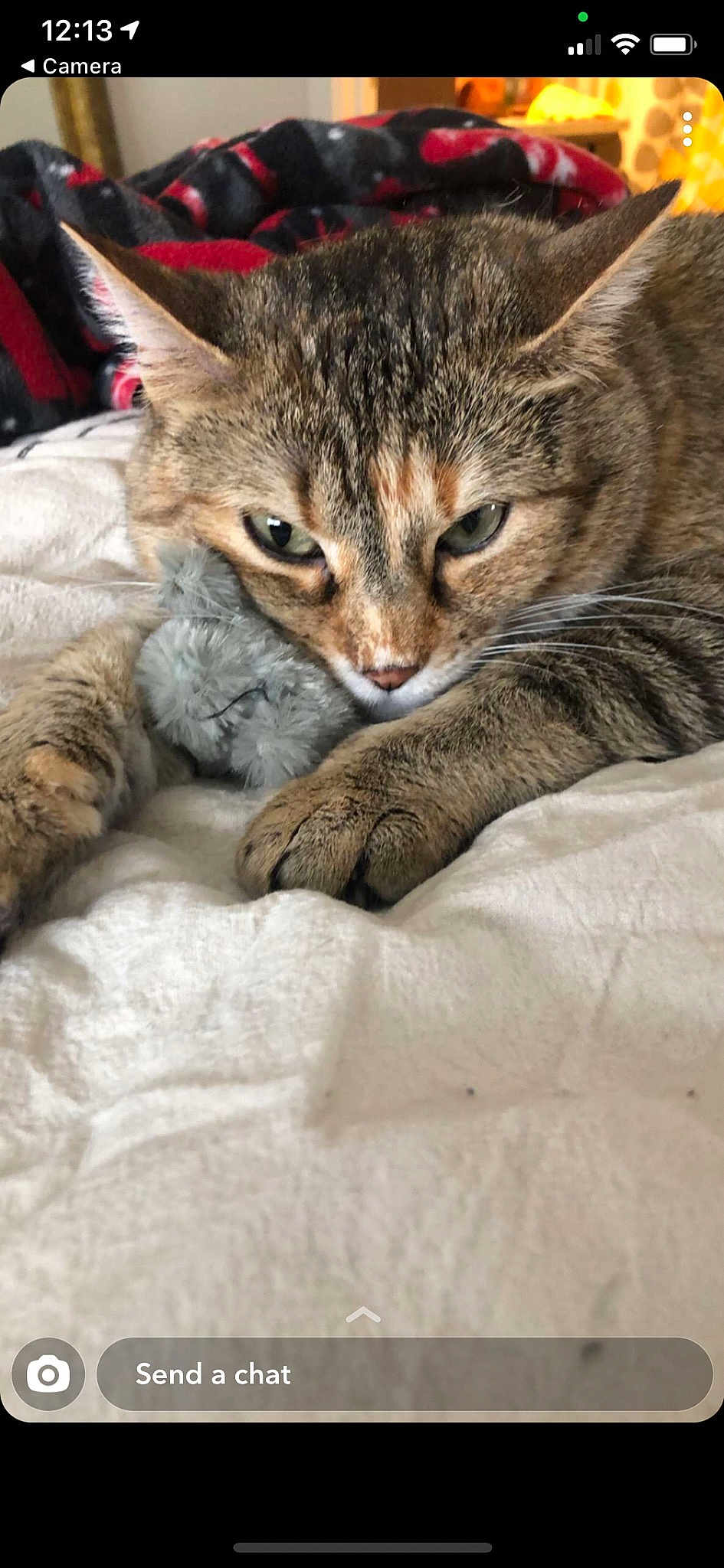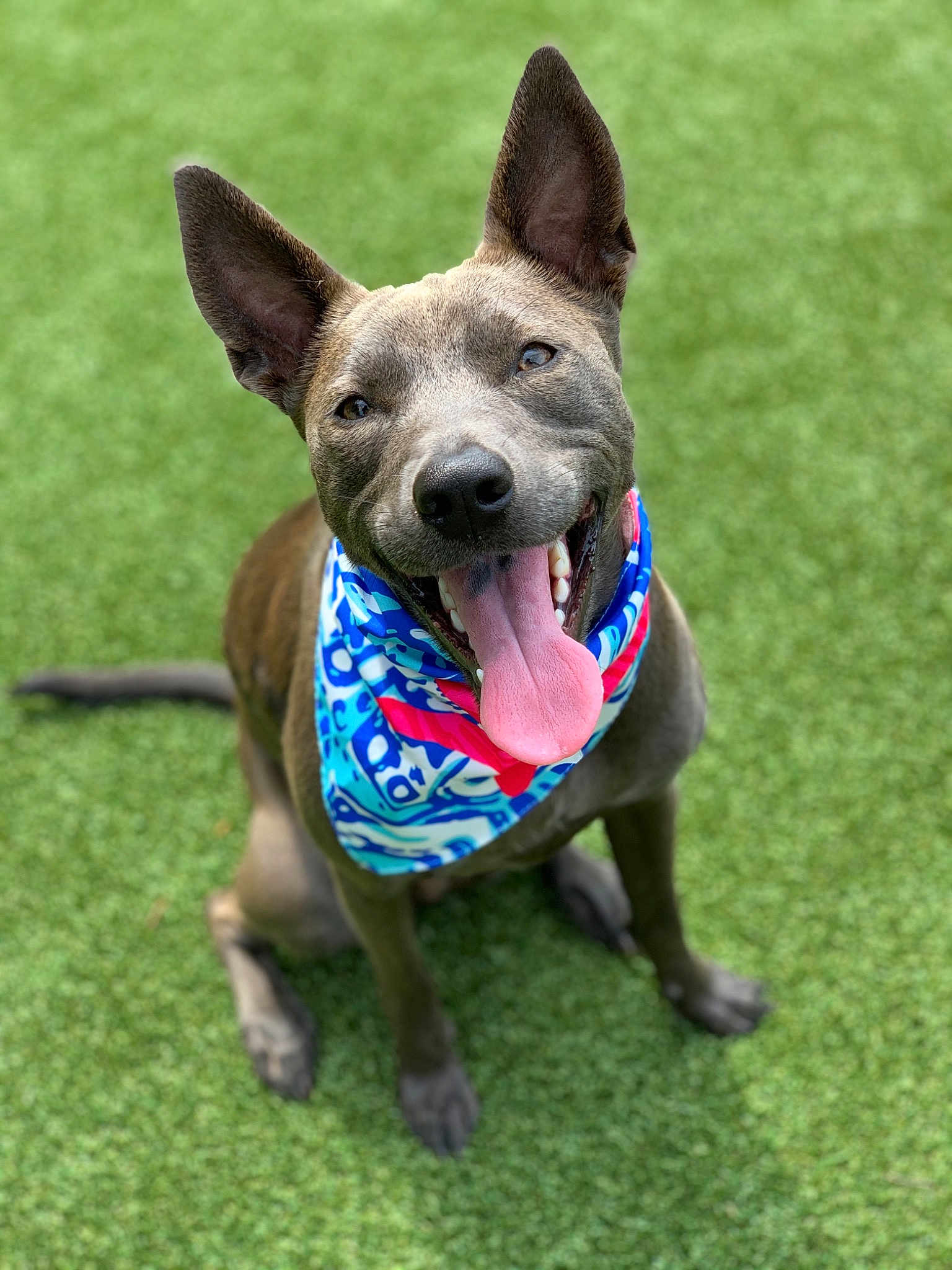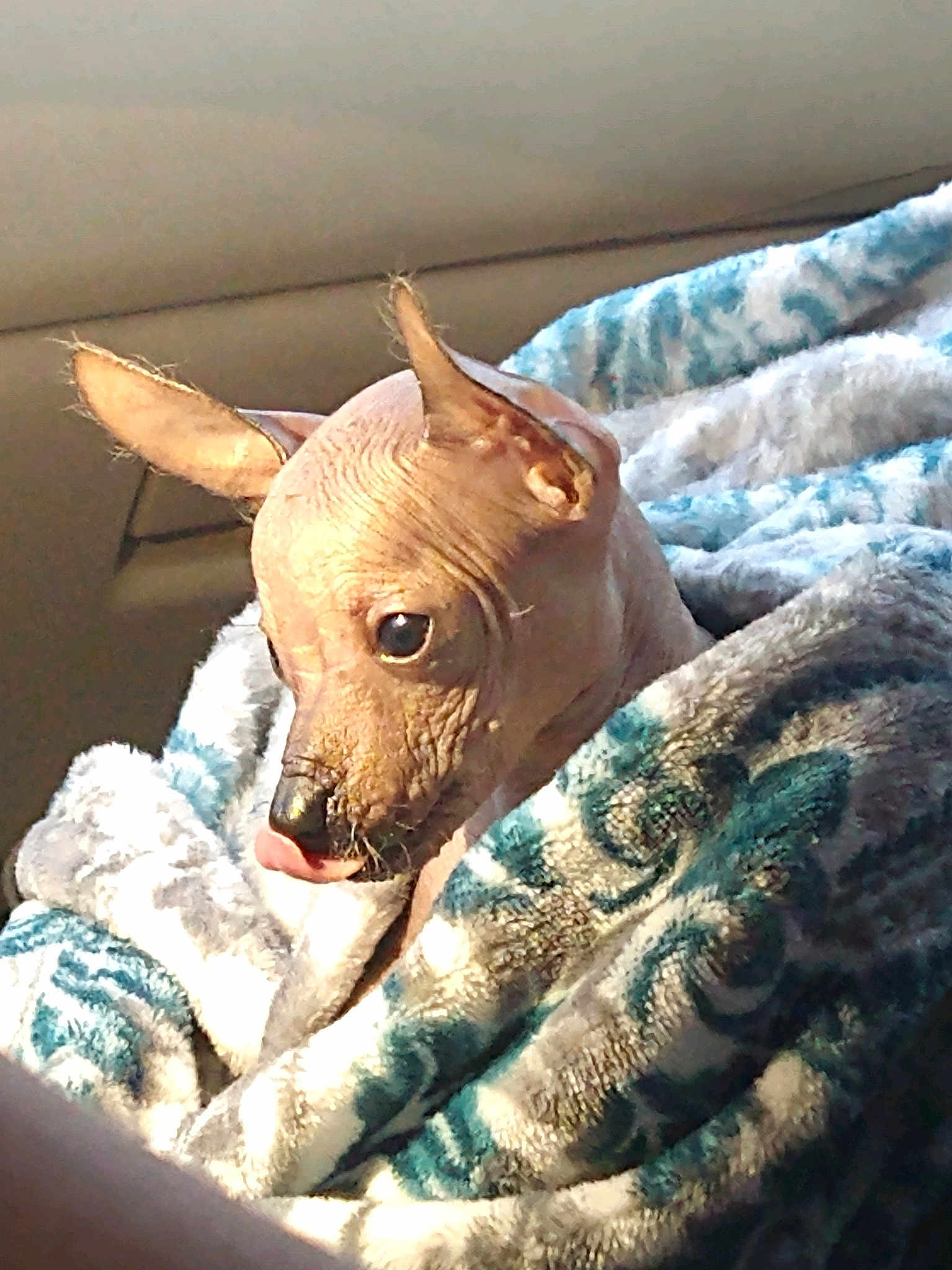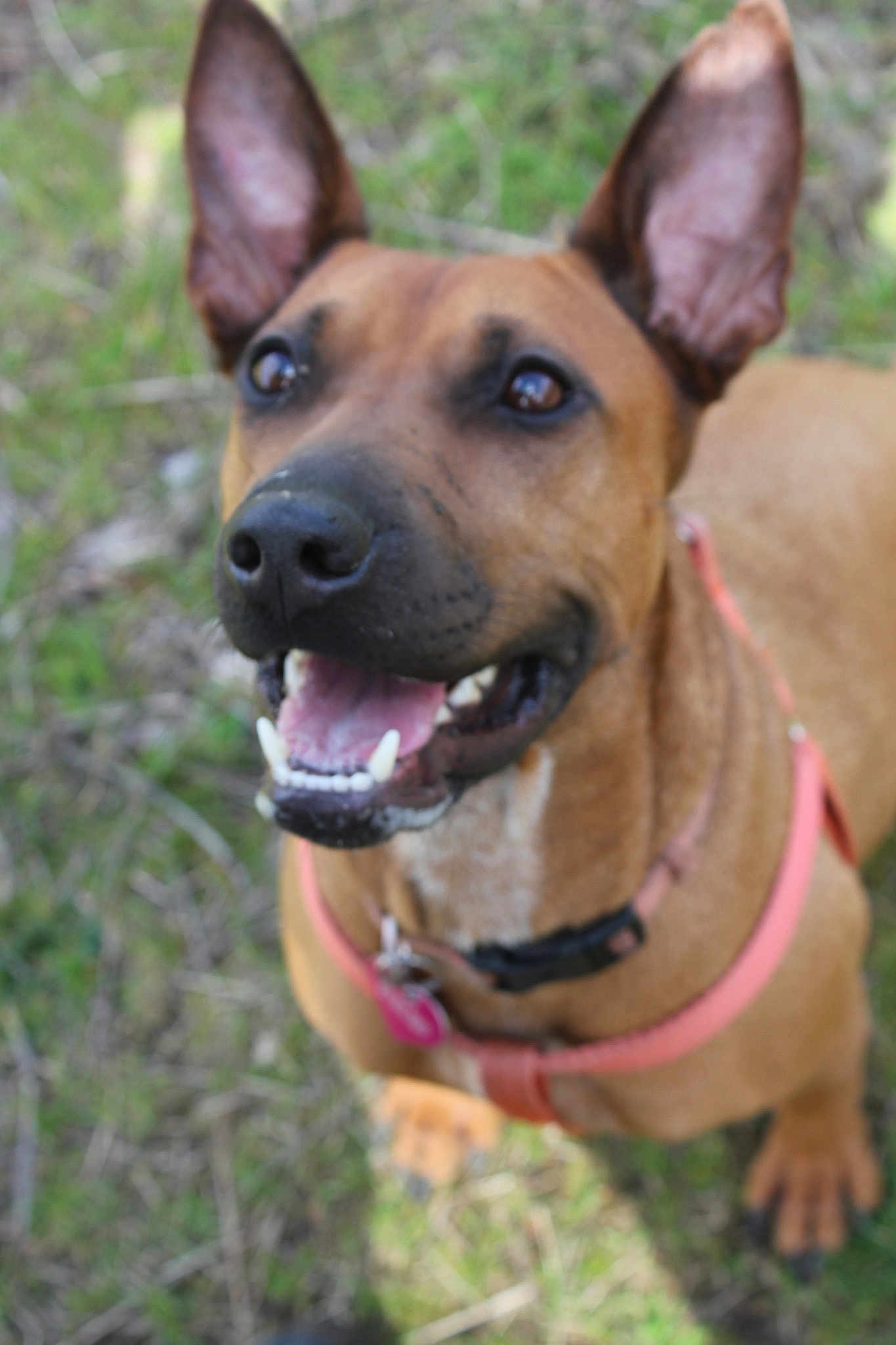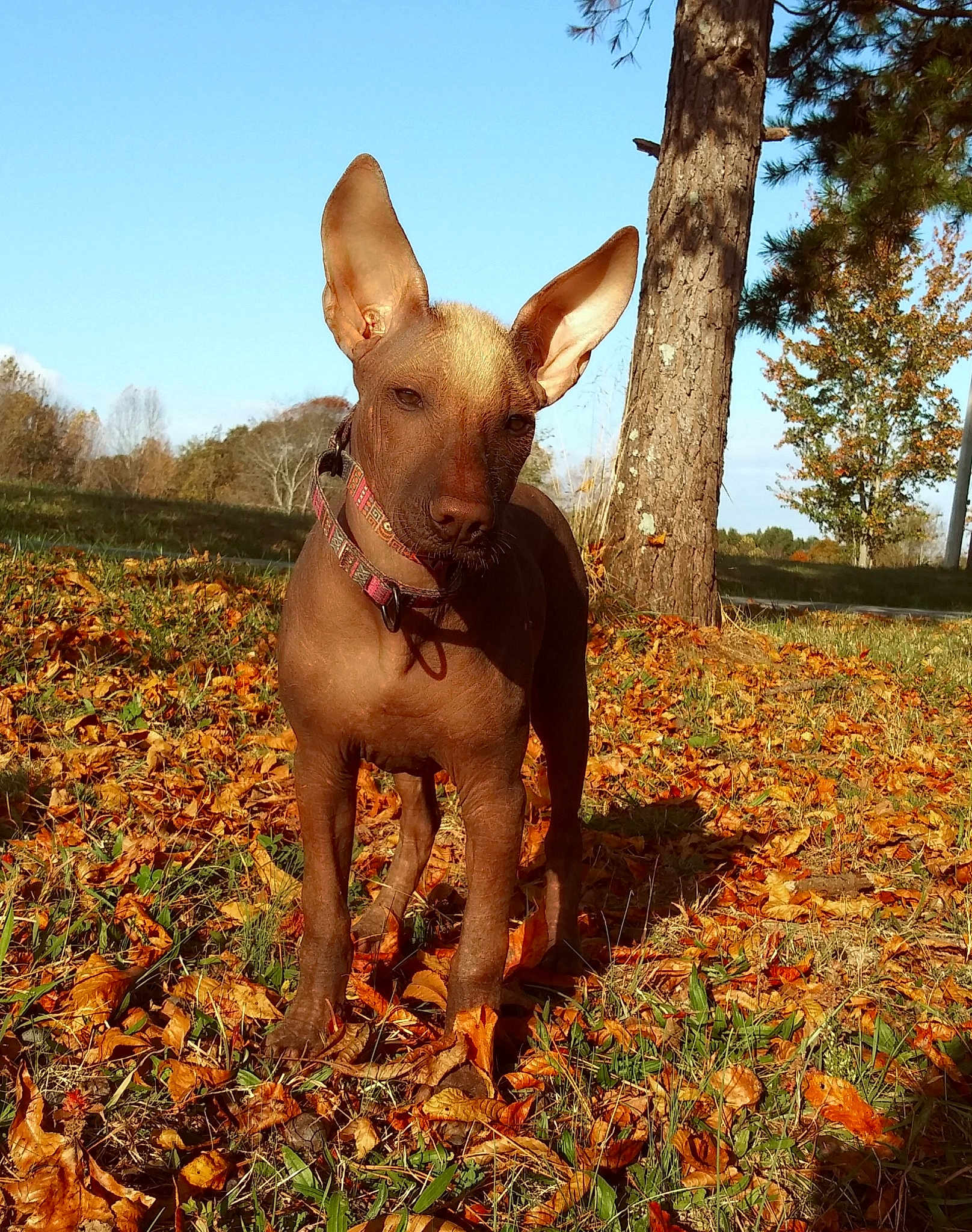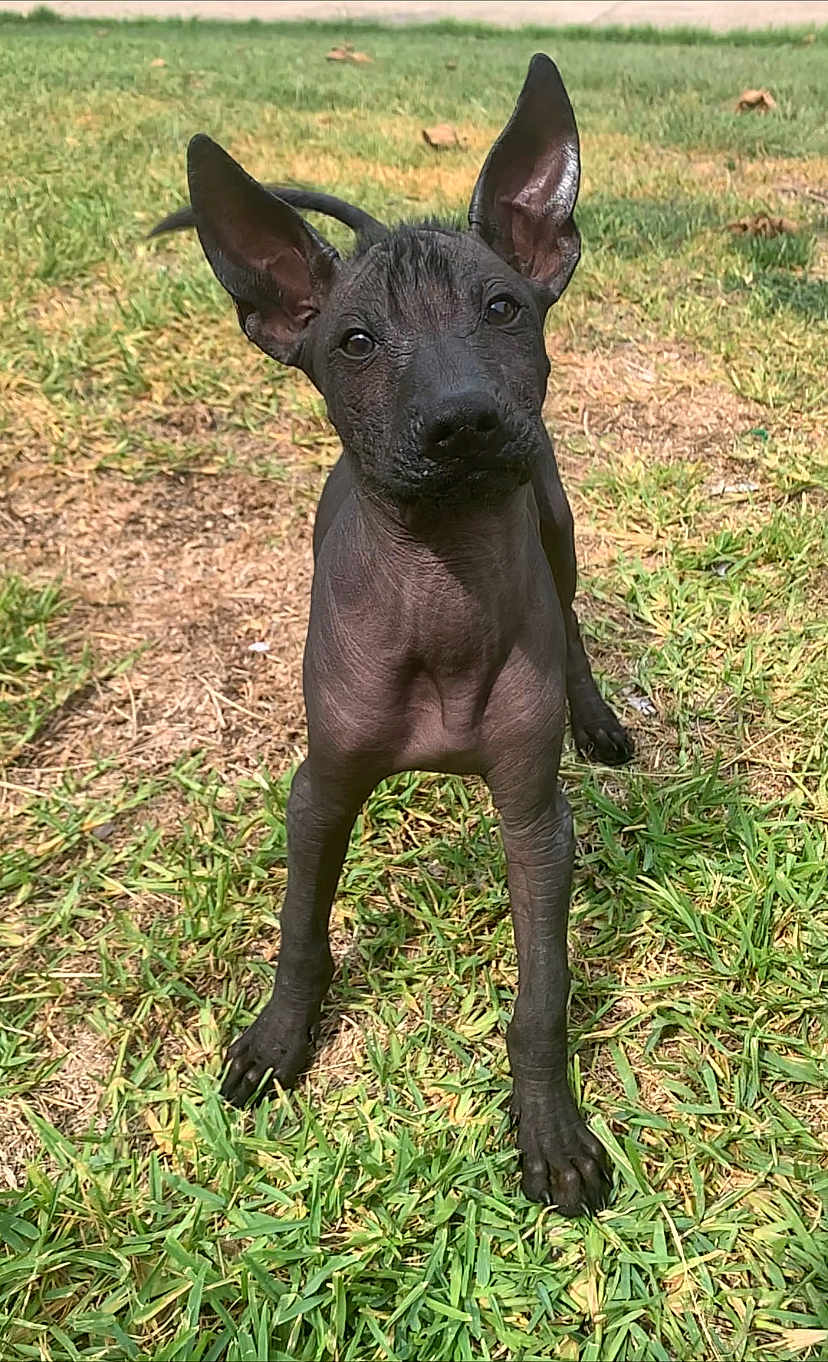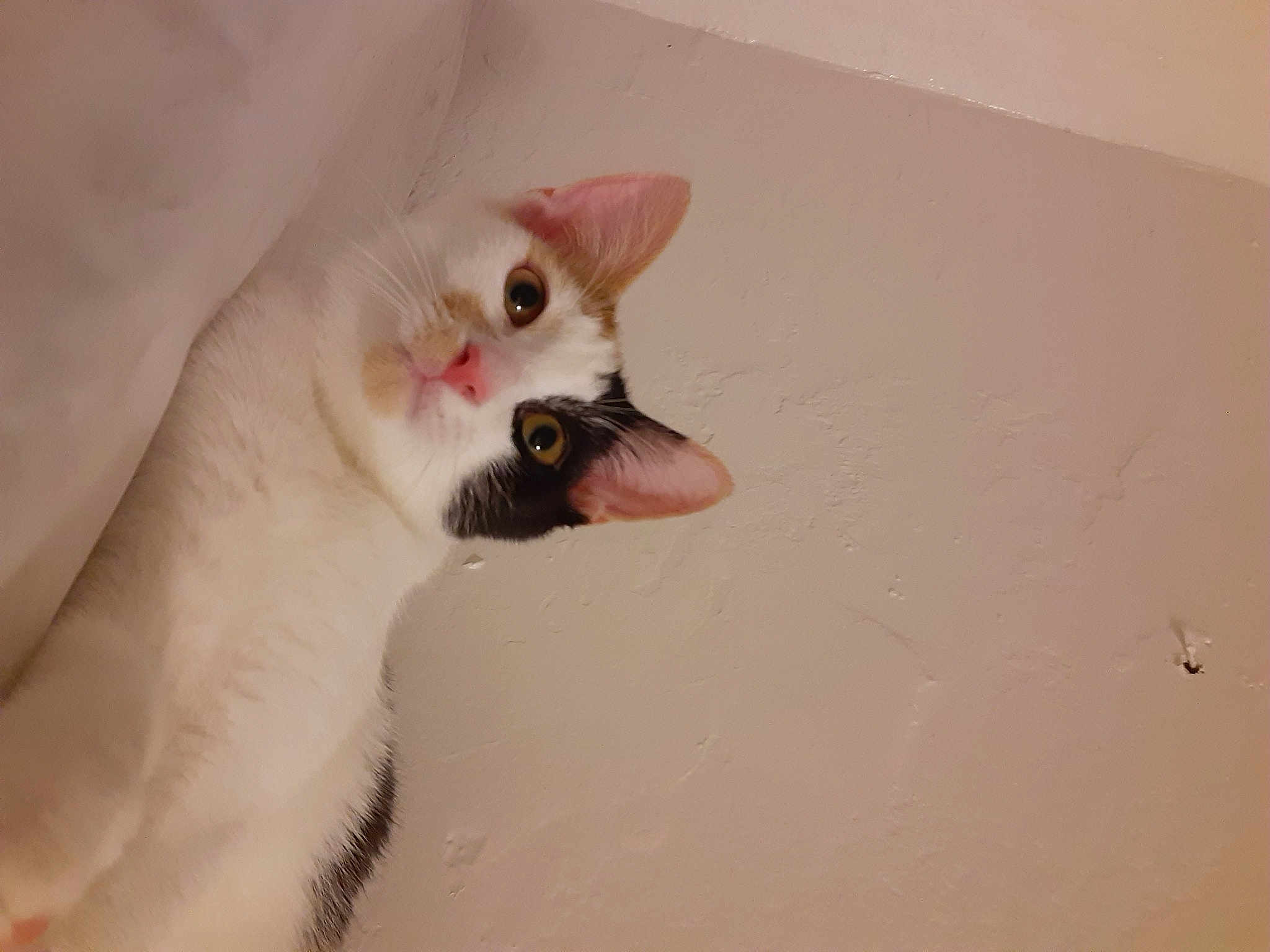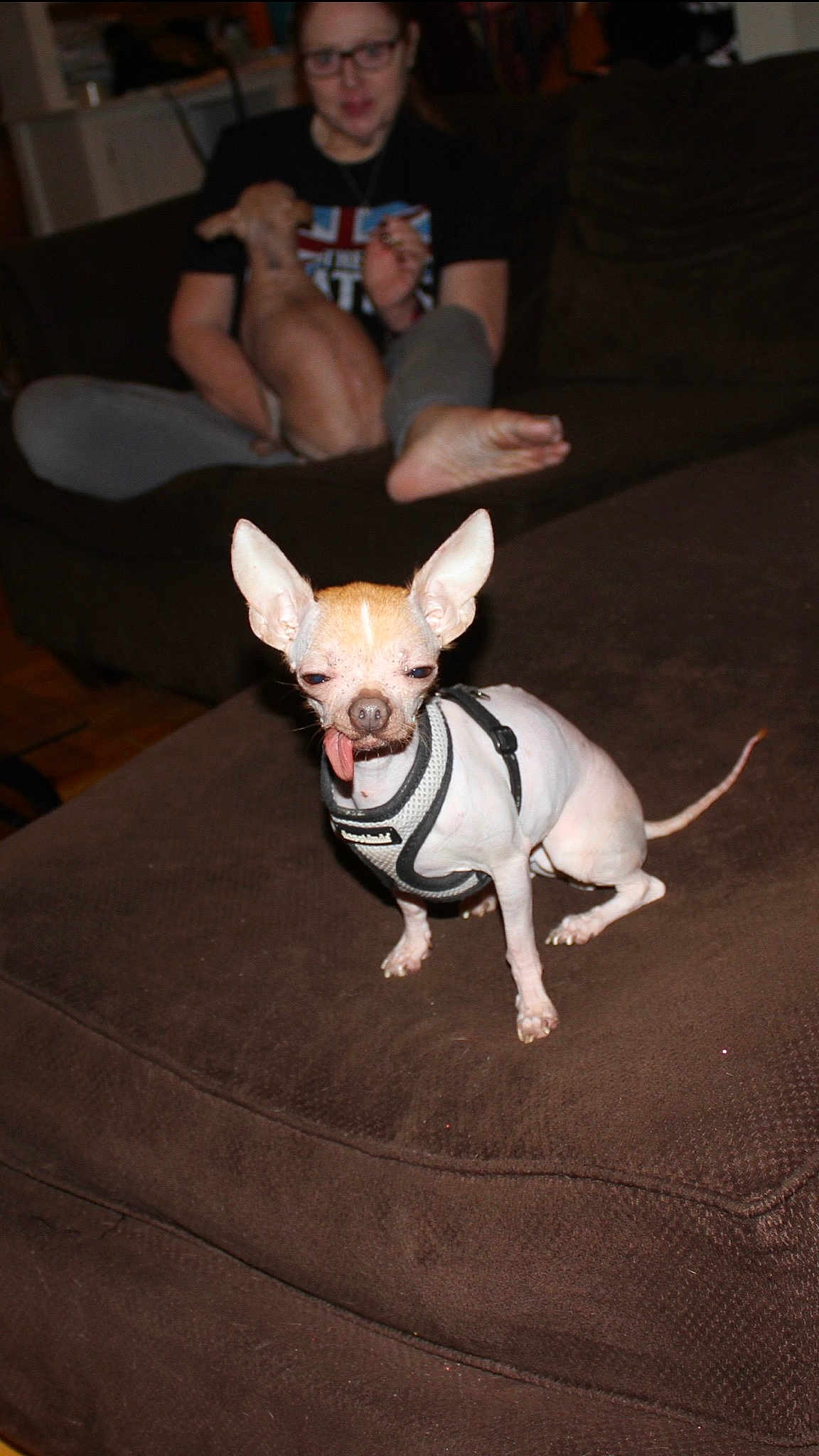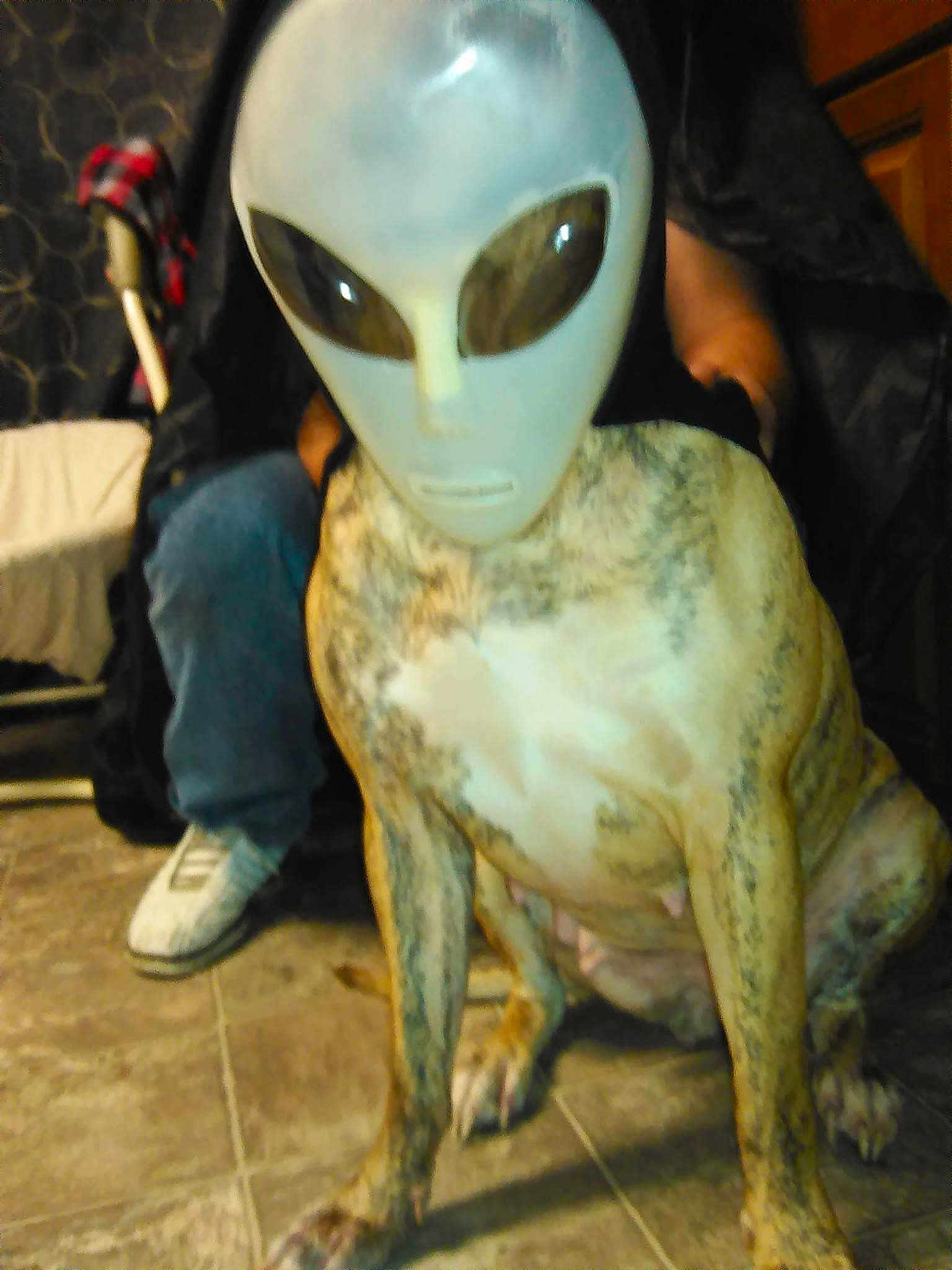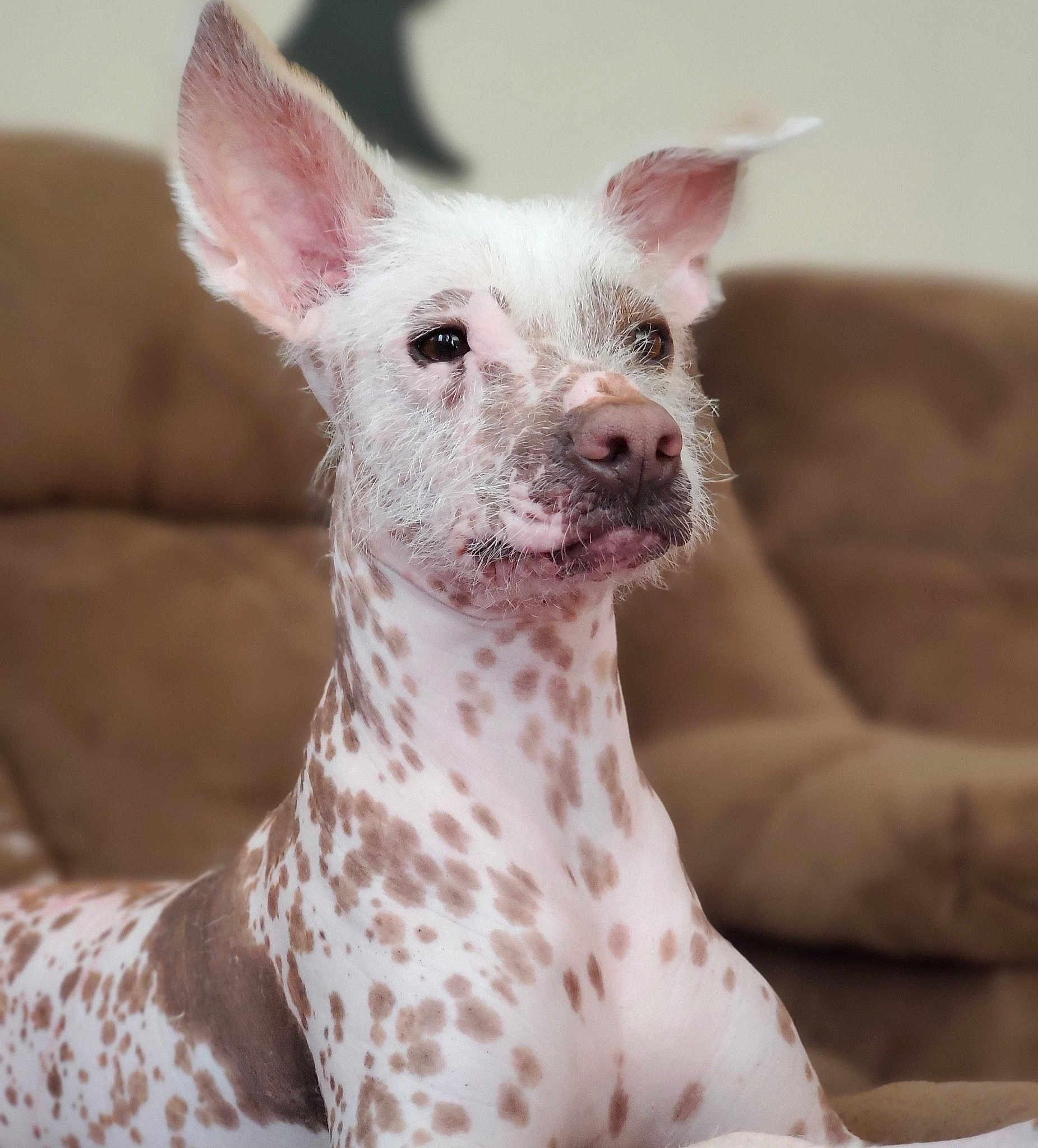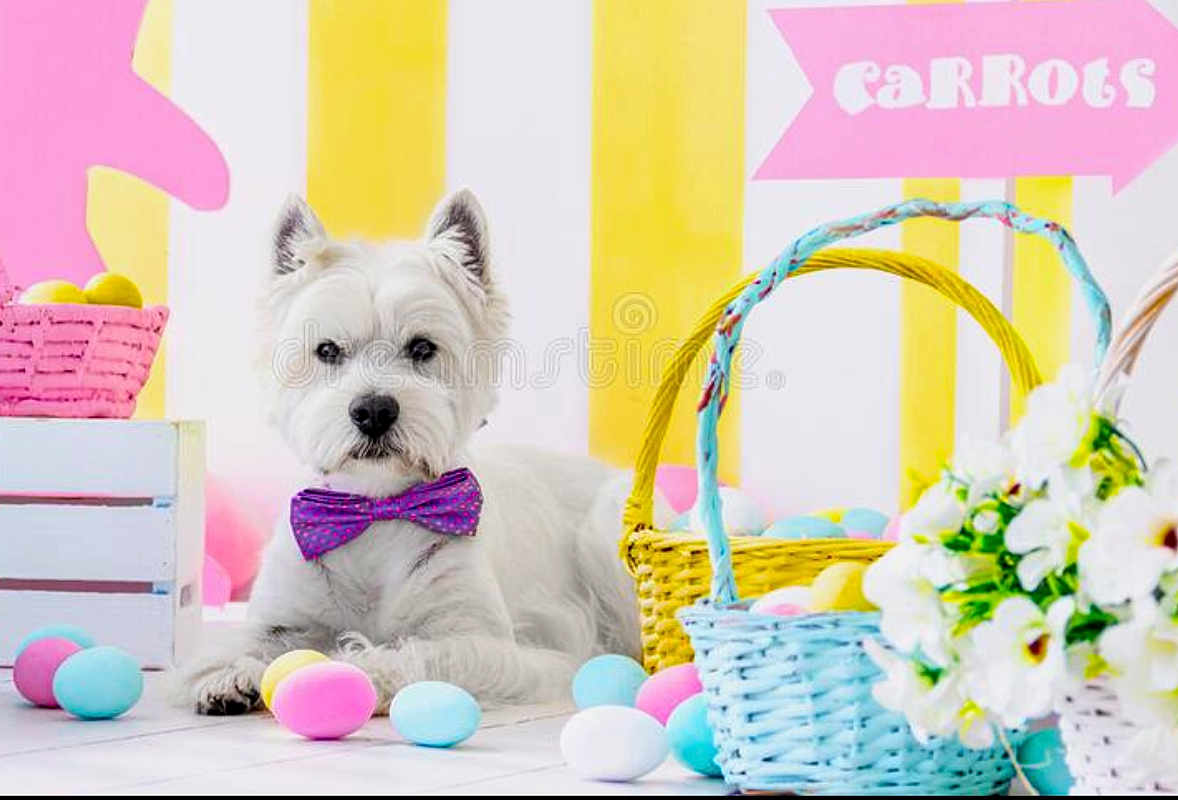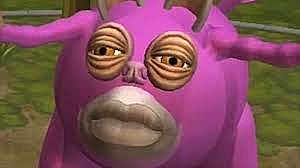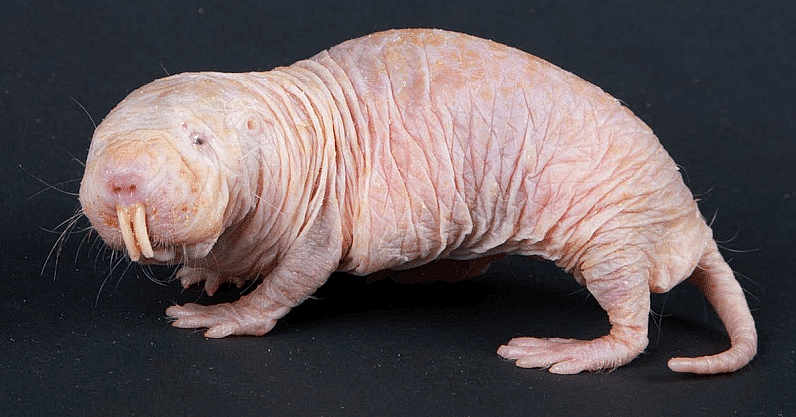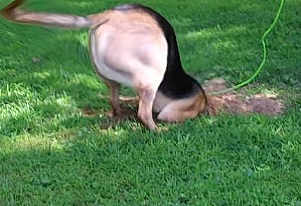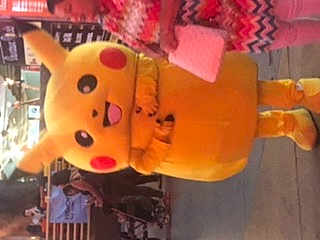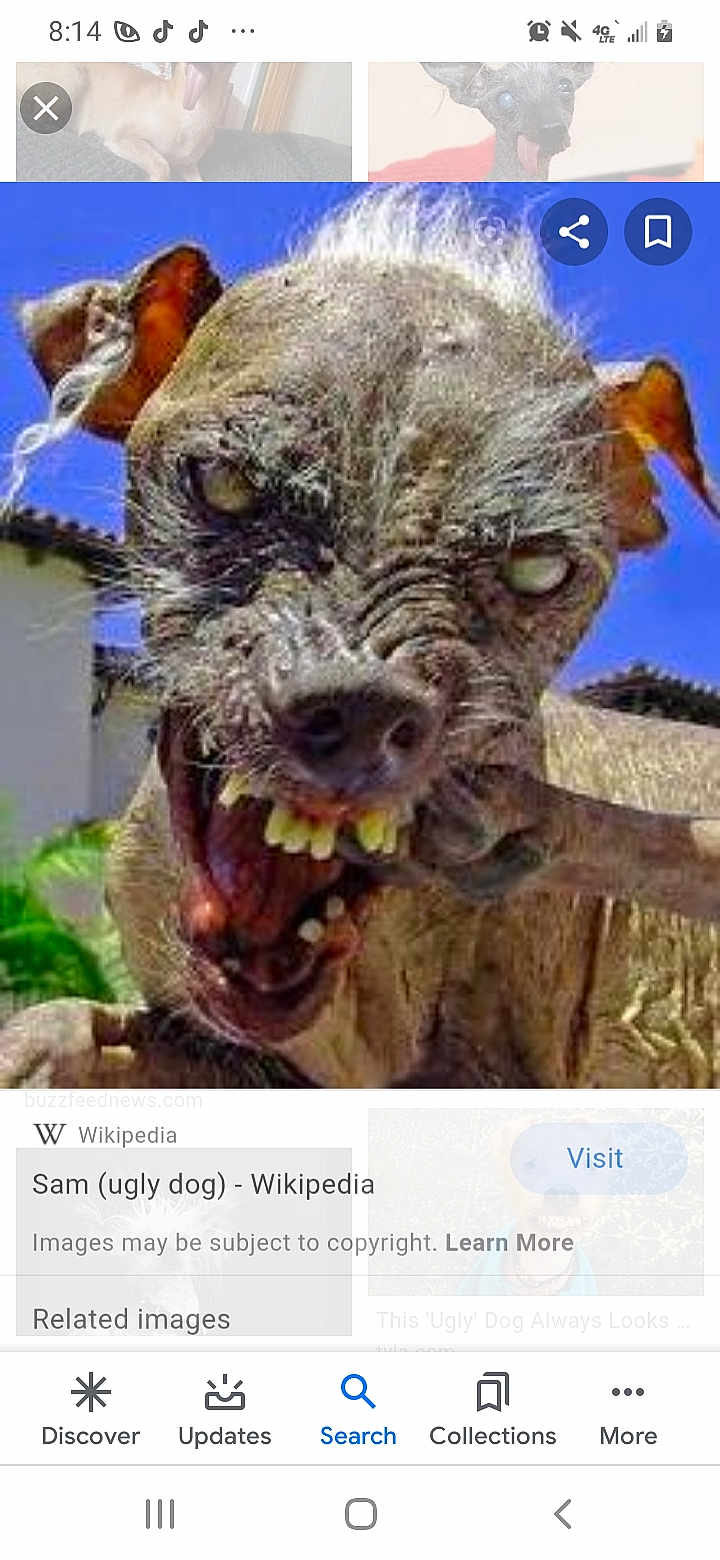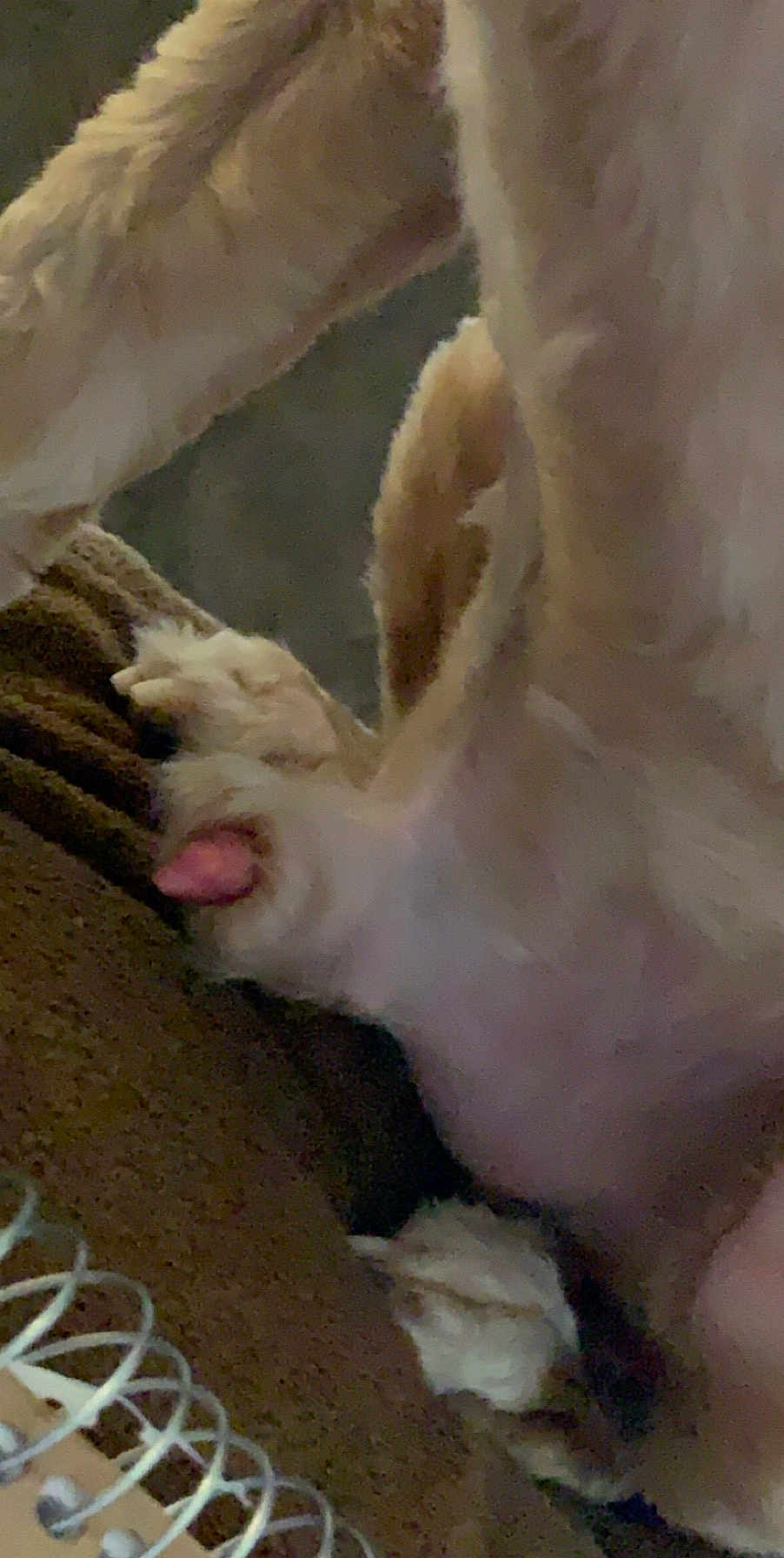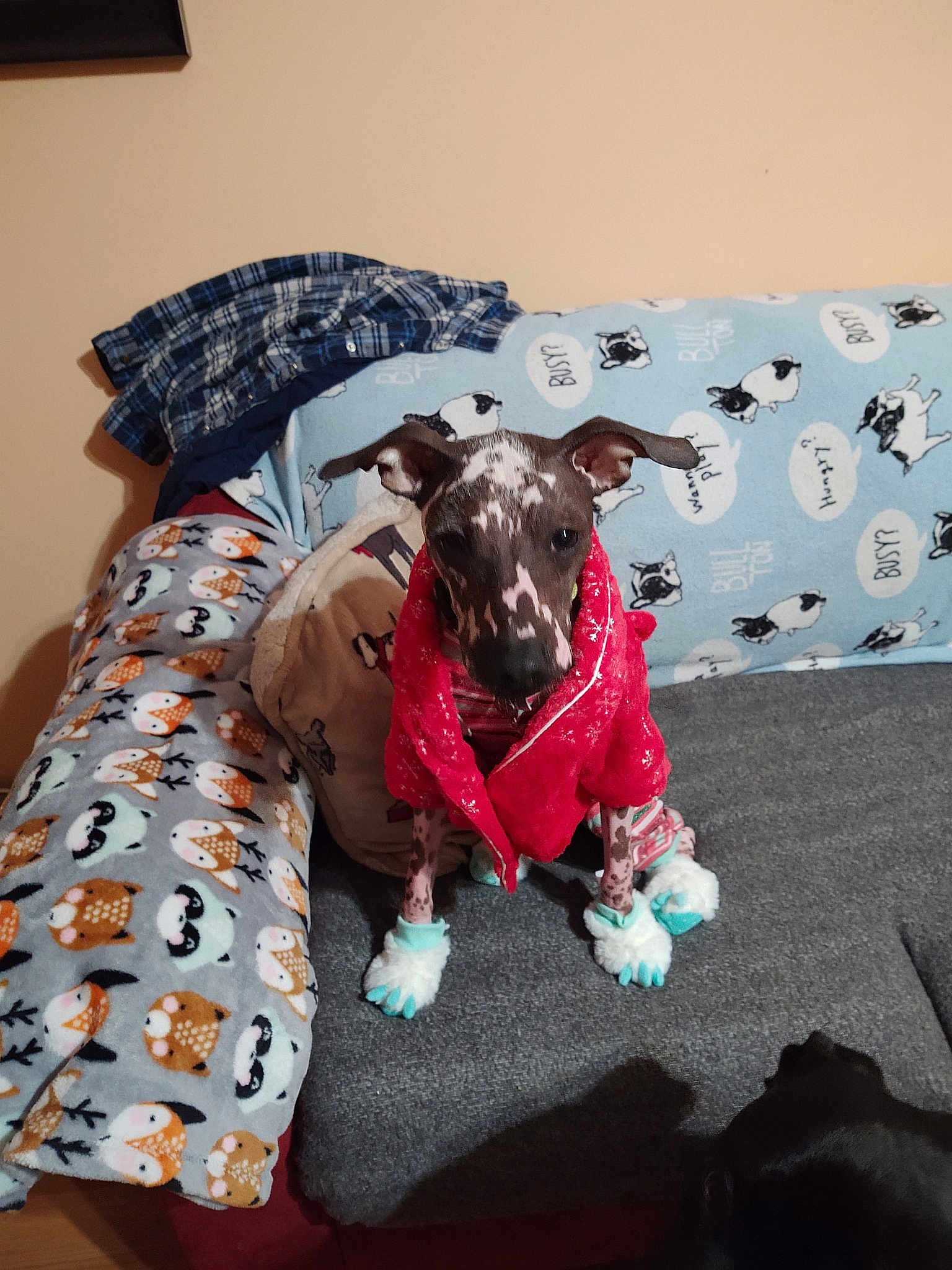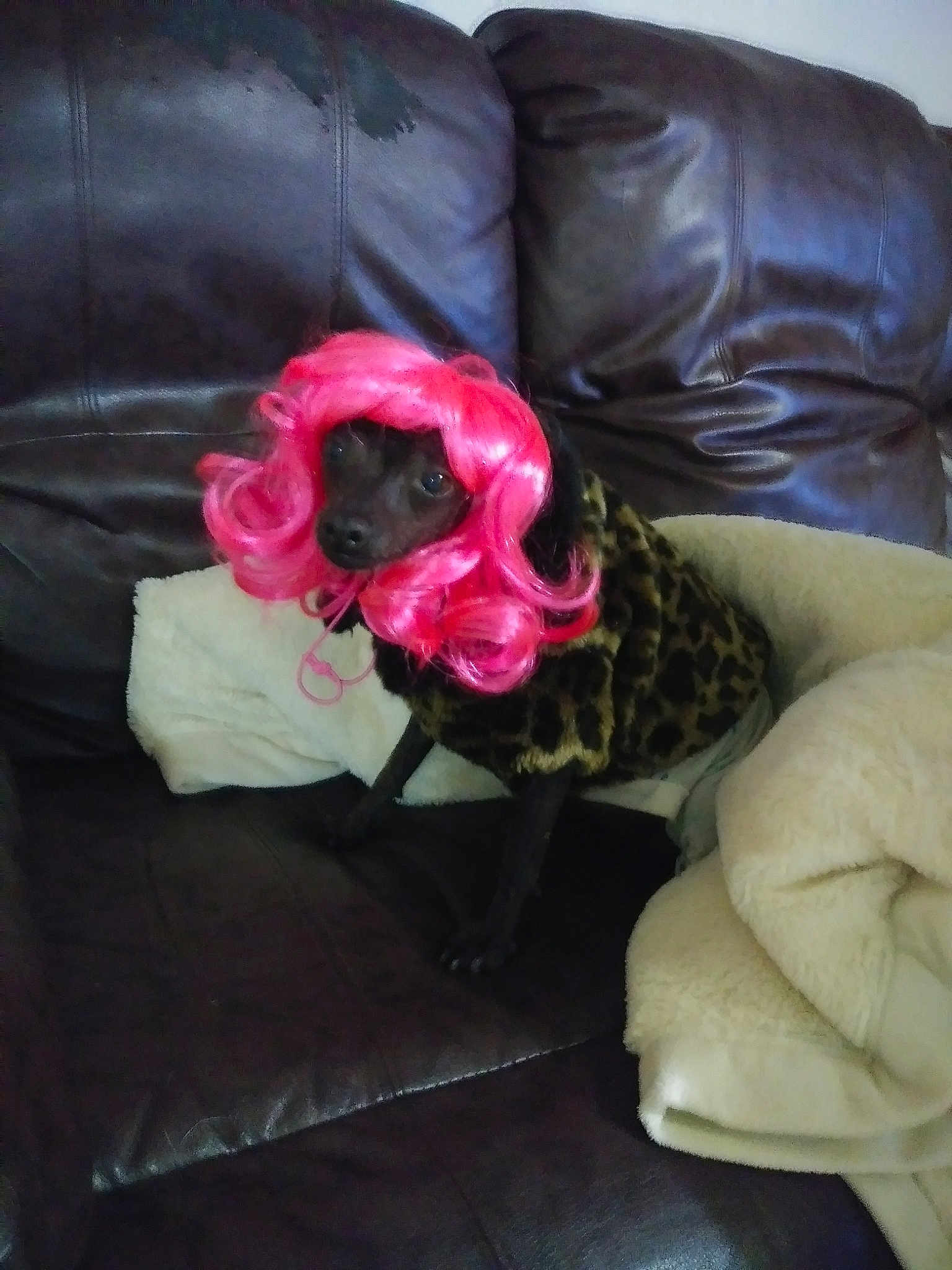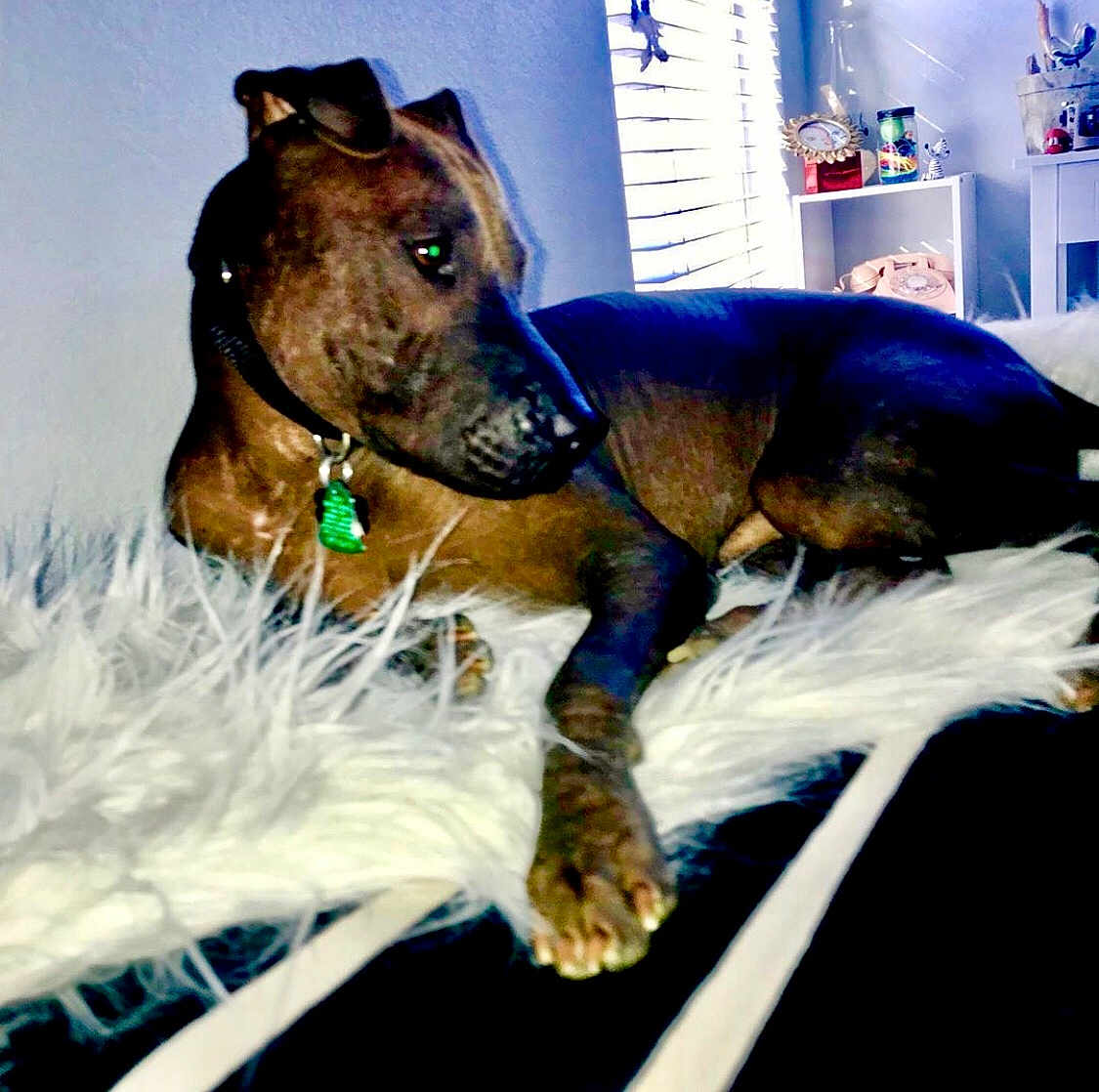Did you know that the Xoloitzcuintle, also known as the Mexican Hairless Dog, was considered sacred by the Aztecs, Toltecs, and Mayans and was often depicted in ancient pottery and artifacts? The Xoloitzcuintle isn’t just a dog; it’s a piece of history and culture.
In the diverse world of dog breeds, the Xoloitzcuintle stands out due to its unique appearance and rich heritage. The breed's significance extends beyond its physical attributes to its cultural and historical relevance, making it a fascinating subject to explore.
Personality and Behavior of the Xoloitzcuintle
Xoloitzcuintles, often known as Xolos, are renowned for their loyal and affectionate nature. These dogs are typically very attached to their families and can form close bonds with their owners, often exhibiting strong protective instincts. Xolos are alert and intelligent, making them excellent watchdogs.
Despite their protective nature, Xolos are also known to be calm and composed. They aren’t particularly aggressive but will be cautious around strangers, taking their time to warm up to new people. This characteristic makes them excellent companions for those seeking a loyal yet balanced pet.
Xolos have a playful side as well, enjoying interactive play and physical activities. They are agile and have a pronounced prey drive which can lead to exciting moments during outdoor adventures. However, their energy levels are moderate, and they appreciate a fair share of downtime, usually snuggling close to their favorite human.
Anecdotally, many owners note that Xolos seem almost human-like in their ability to read emotions and respond accordingly. This empathy and sensitivity can make a Xolo an invaluable companion during both happy and challenging times.
Many dog owners are surprised to learn that the Xoloitzcuintle can come in three sizes: toy, miniature, and standard, providing a versatile choice for various living situations and preferences.
Meanings, History and Origins of the name Xoloitzcuintle
The name Xoloitzcuintle derives from the Nahuatl language, spoken by the Aztecs, with "Xolo" referring to the god Xolotl and "itzcuintli" meaning dog. According to Aztec mythology, Xolotl was the god of lightning and death, and it was believed that Xolos were his gifts to humanity to guard the living and guide the souls of the dead to their final resting place.
Historically, Xolos were much more than just pets. They were viewed as sacred animals that had healing powers. Their body heat was often believed to alleviate various ailments, making them integral to the life and health of their owners. In ancient times, these dogs were kept by tribal communities and even used in religious ceremonies.
The breed has survived for thousands of years and was almost lost during the Spanish conquest when European breeds were favored. However, thanks to the preservation efforts by Mexican enthusiasts, the Xoloitzcuintle has enjoyed a revival and is now recognized as a national treasure in Mexico.
The cultural significance of the Xoloitzcuintle is also evident in its frequent appearance in Mexican folk art and literature. The breed has been featured in works by prominent Mexican artists, reflecting the deep-rooted connection between the dog and the country's heritage.
Popularity of the Xoloitzcuintle
The Xoloitzcuintle's popularity has seen various phases through history. In its native Mexico, the breed has always held a special place owing to its historical and cultural connections. With the rise of nationalist pride, there’s been a renewed appreciation for this ancient breed, leading to an increased presence in dog shows and even households.
In English-speaking countries, the Xoloitzcuintle is considered a rare and exotic breed. Its unique, hairless appearance and rich backstory attract a niche group of dog enthusiasts and collectors. Hollywood has also played a role in popularizing the Xolo, with appearances in movies and TV shows notably increasing its visibility.
Globally, the Xoloitzcuintle’s appeal is on the rise, especially in regions that appreciate rare and historically significant breeds. The Fédération Cynologique Internationale (FCI) and other international canine organizations have included the breed in their registries, adding to its prestige and recognition.
Though not as common as some other breeds, the Xolo's uniqueness and the ancient mystique surrounding it make it a topic of fascination and admiration among dog lovers worldwide.
Health and Care of the Xoloitzcuintle
Caring for a Xoloitzcuintle includes several aspects unique to the breed. Given their hairless variety, skin care is paramount. Owners need to pay special attention to sun protection, as their skin can be prone to sunburns. Applying a dog-safe sunscreen during sunny days or providing protective clothing is advisable.
Xolos do not have the benefit of a fur coat to protect them from external elements, meaning they can also be susceptible to skin conditions like acne or dry skin. Regular baths with a gentle, moisturizing shampoo can keep their skin healthy, and maintaining a clean living environment helps prevent infections.
Surprisingly, Xolos tend to be less prone to many genetic health issues that plague other breeds, partly due to their long history and naturally selected breeding practices in ancient times. Nonetheless, routine vet check-ups and a balanced diet are crucial to ensure their well-being.
Dietary needs for Xolos are straightforward, but given their active nature, a nutrient-rich diet that supports their muscle and joint health is beneficial. High-quality dog food tailored to their size and activity level works best.
Aside from physical health, Xolos require mental stimulation. Interactive toys, puzzles, and regular training sessions can keep them mentally sharp and prevent boredom, which can lead to behavioral issues.
Training and Education of the Xoloitzcuintle
Training a Xoloitzcuintle can be a rewarding experience due to their intelligence and eagerness to please. However, it requires consistency and patience. Early socialization is crucial to help them become well-rounded adults comfortable in various environments and situations.
Positive reinforcement methods work best with Xolos. They respond well to praise, treats, and play as rewards for good behavior. Given their sensitivity, harsh training techniques can backfire and lead to mistrust or anxiety.
One of the challenges with Xolos is their independent streak. While they can be very obedient, they also have a mind of their own. Regular training sessions that are short and engaging can maintain their attention and enthusiasm.
Leash training is essential, given their prey drive. This helps in managing their instincts during walks and outdoor activities. Basic commands like sit, stay, and recall are critical for their safety and are usually mastered quickly with regular practice.
Socialization should include exposure to different people, places, and other dogs. This broad experience will help them grow into confident and adaptable pets. Puppy classes are highly recommended as they provide structured socialization and training under professional guidance.
Embracing a Xoloitzcuintle as a pet means welcoming a deep cultural heritage into your home. Their fascinating background and unique characteristics make them more than just pets; they are living pieces of history.
When choosing the right dog breed, considering factors such as lifestyle, activity level, and emotional needs is essential. The Xoloitzcuintle excels in families that value loyalty, intricate history, and companionship. Their unique appearance and gentle temperament make them suitable for both active singles and families, provided they receive the love and attention they deserve.
In conclusion, the Xoloitzcuintle holds a significant place in the canine world, not just for its ancient heritage but also for its endearing qualities as a companion dog. As reflected in the number of Xoloitzcuintles participating in Pageant Dog contests, these dogs are exemplary in both their physical appearance and their rich character. Choosing a Xoloitzcuintle means bringing home a piece of history, culture, and a loyal friend for life.




